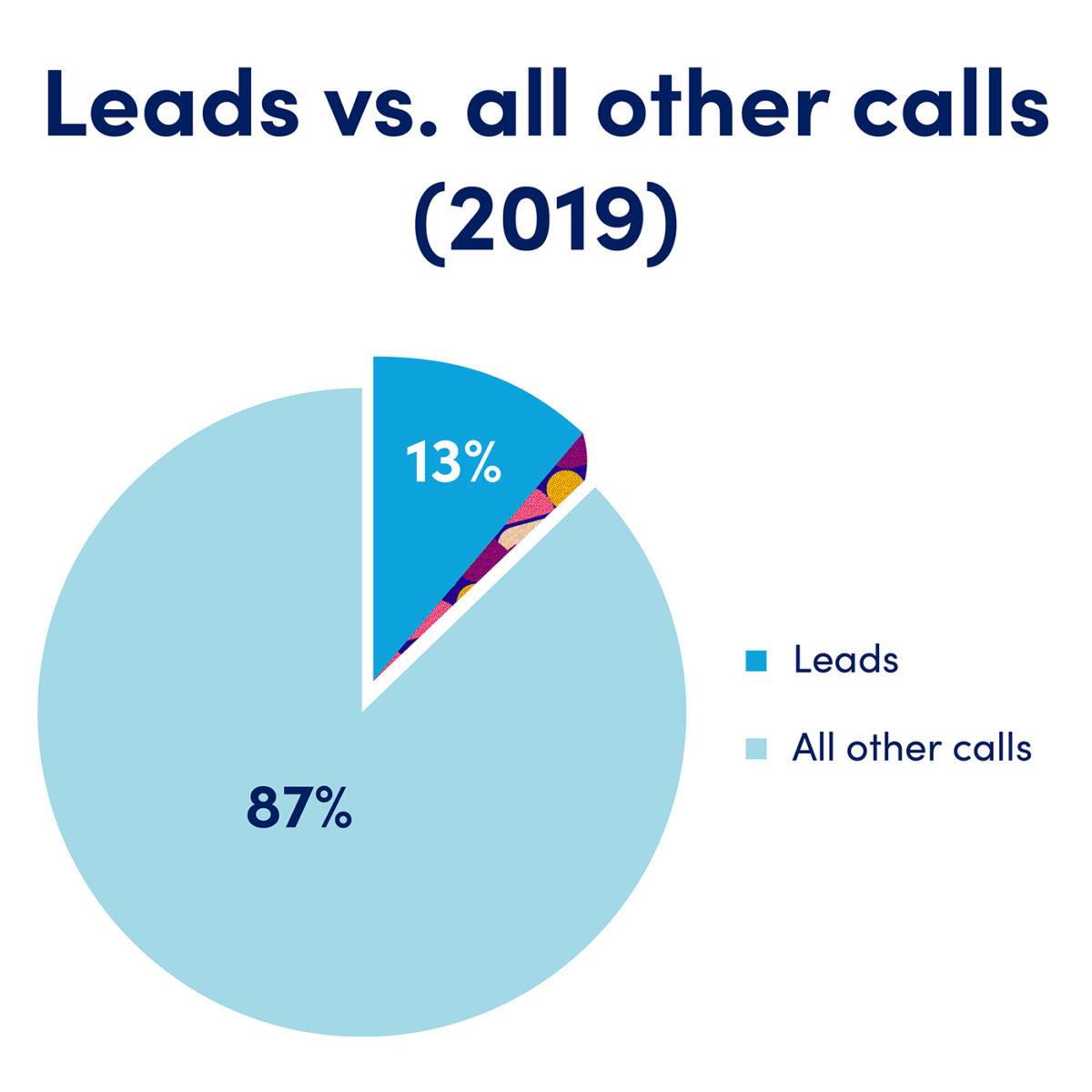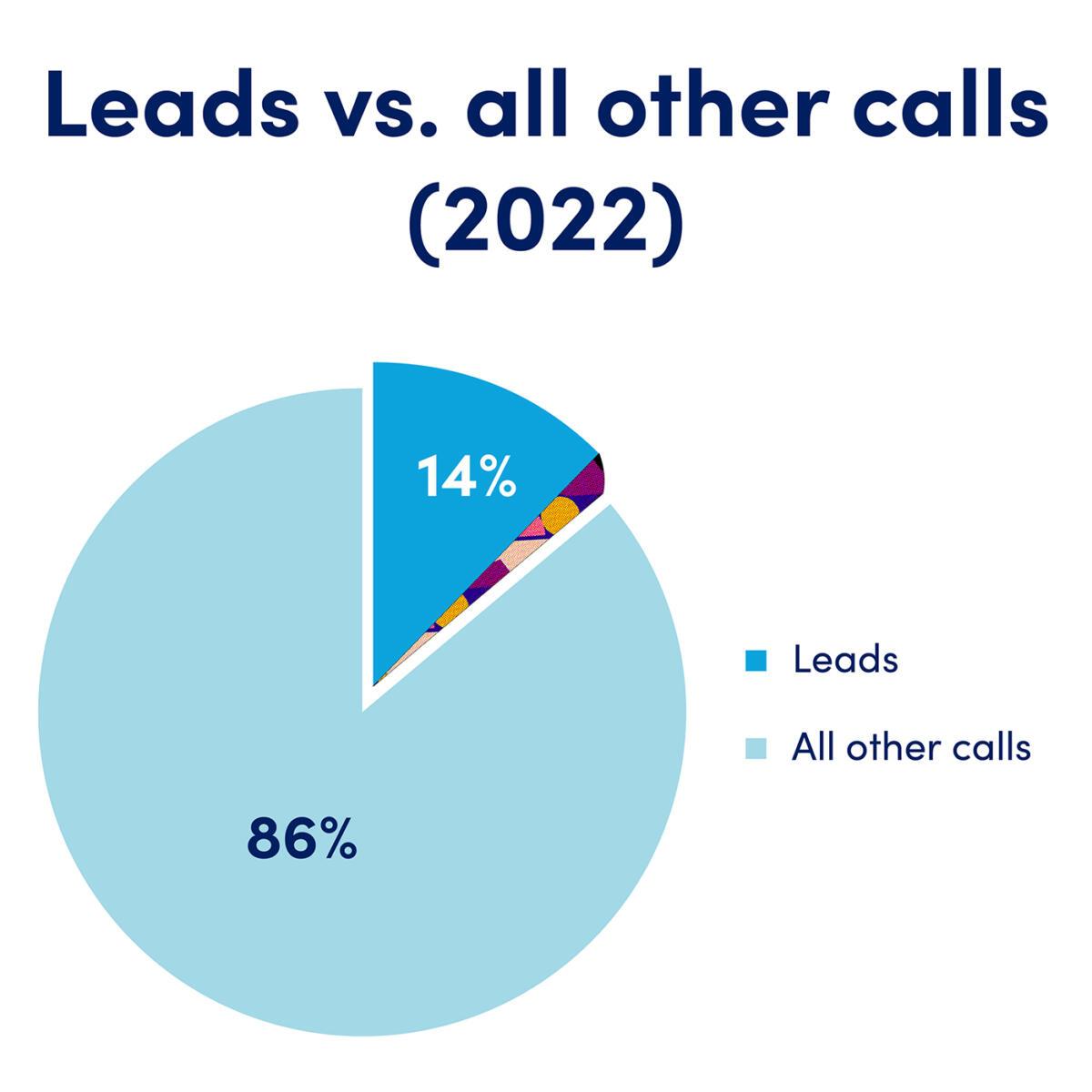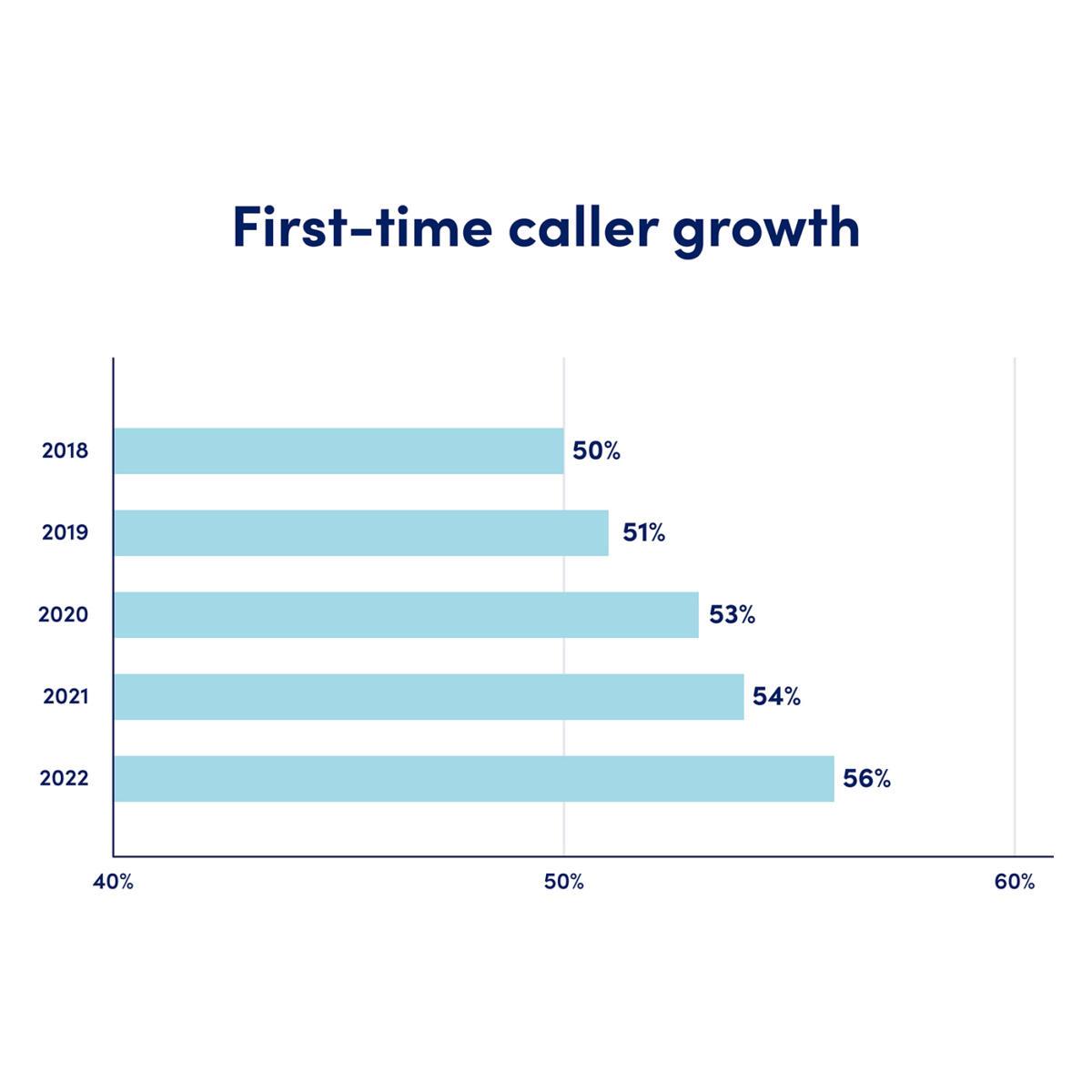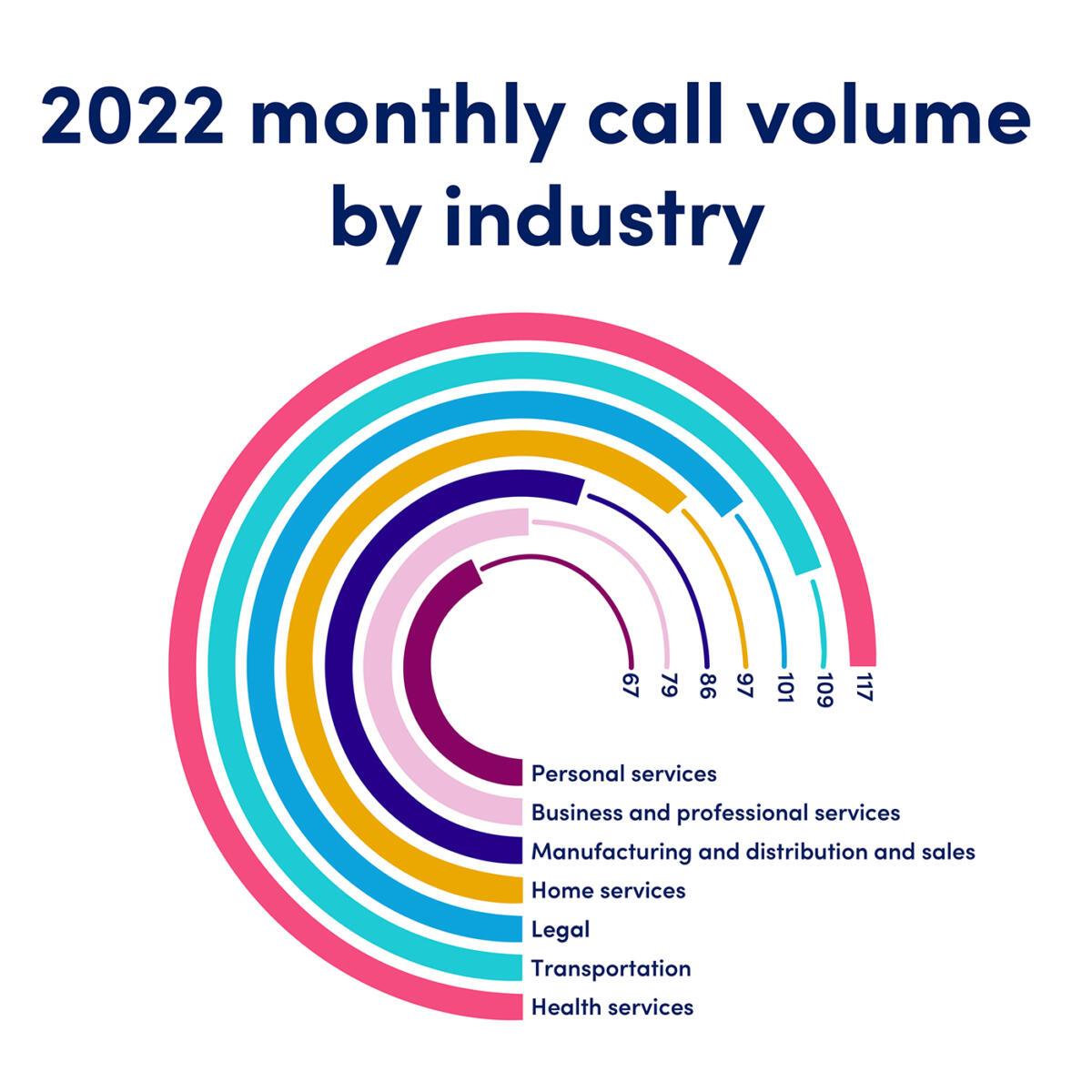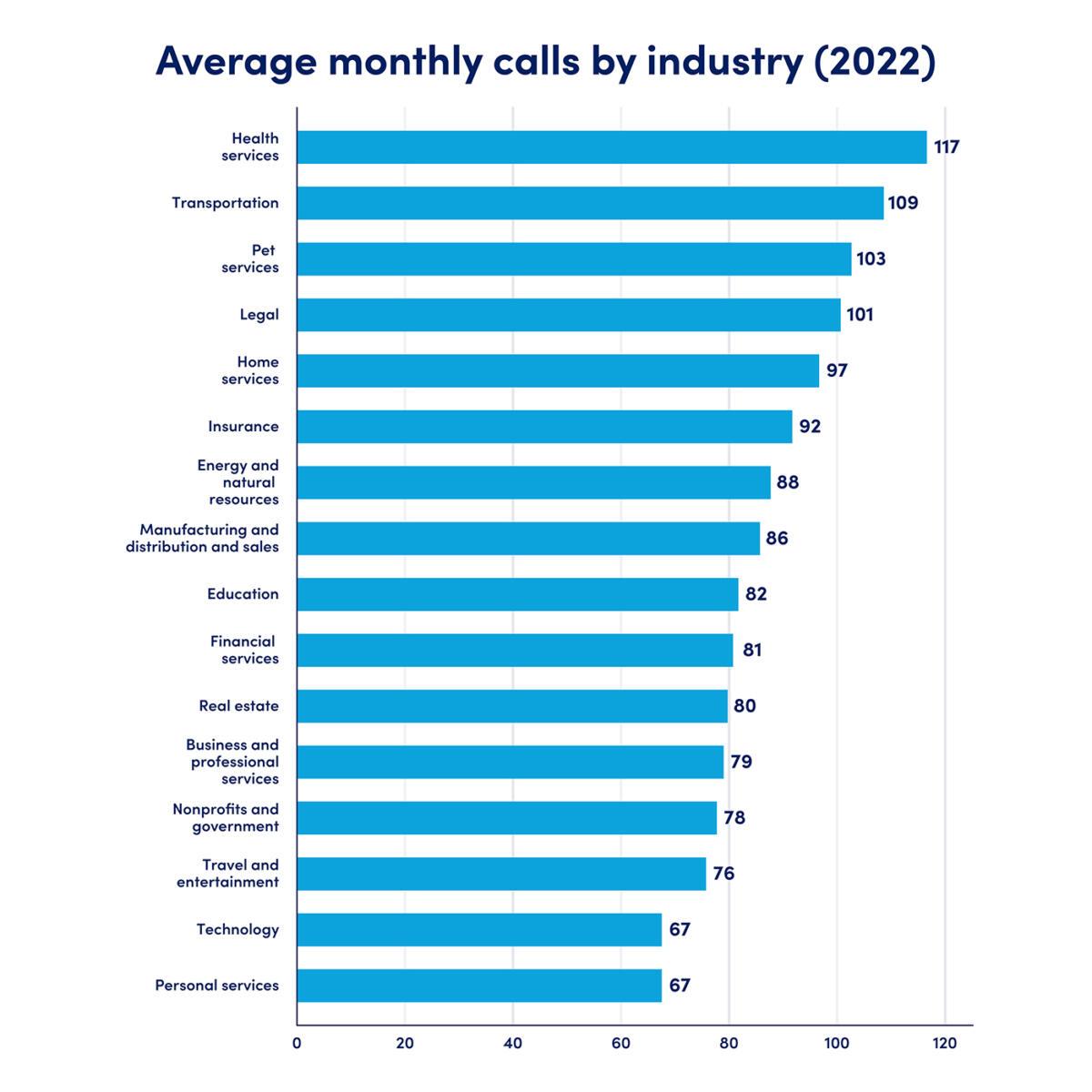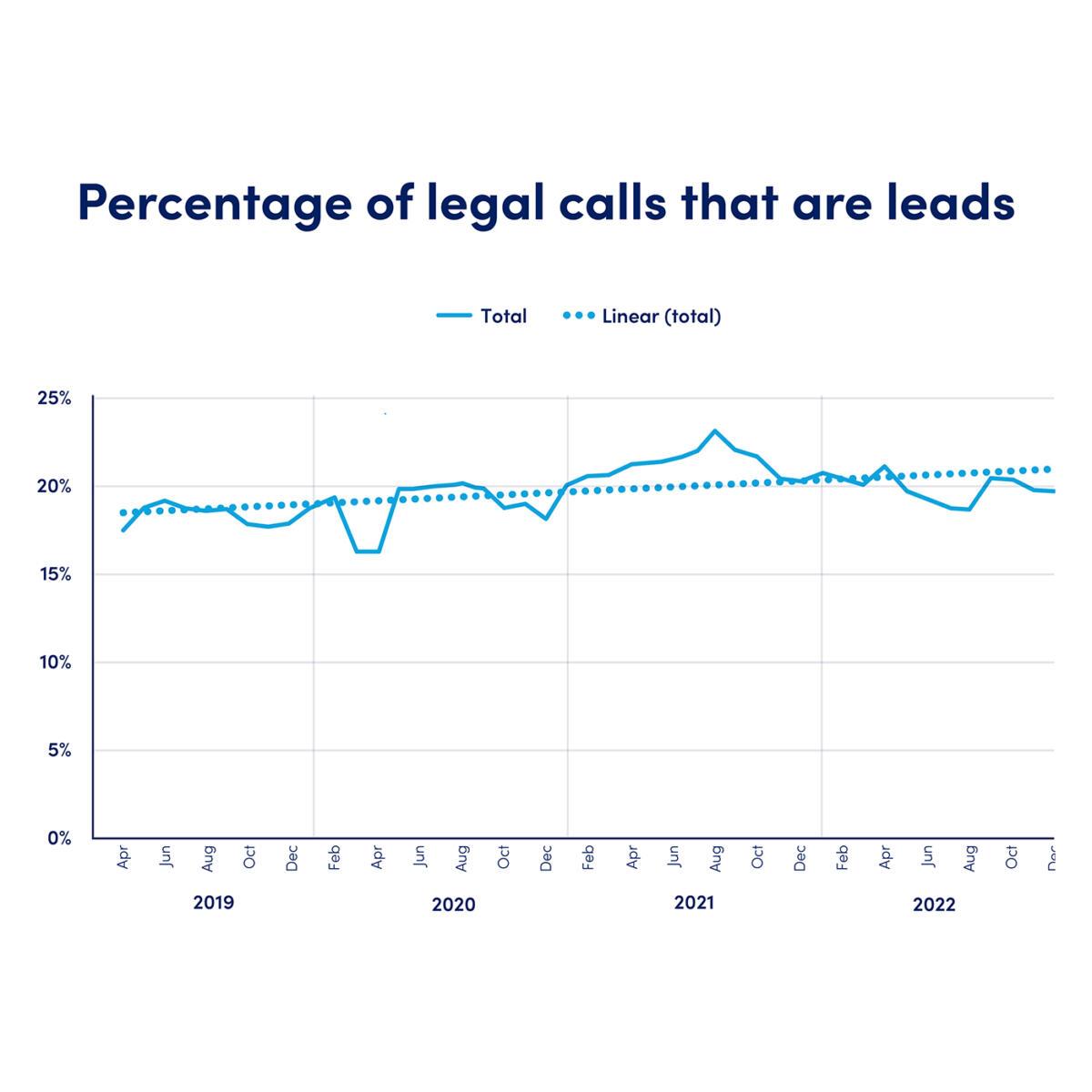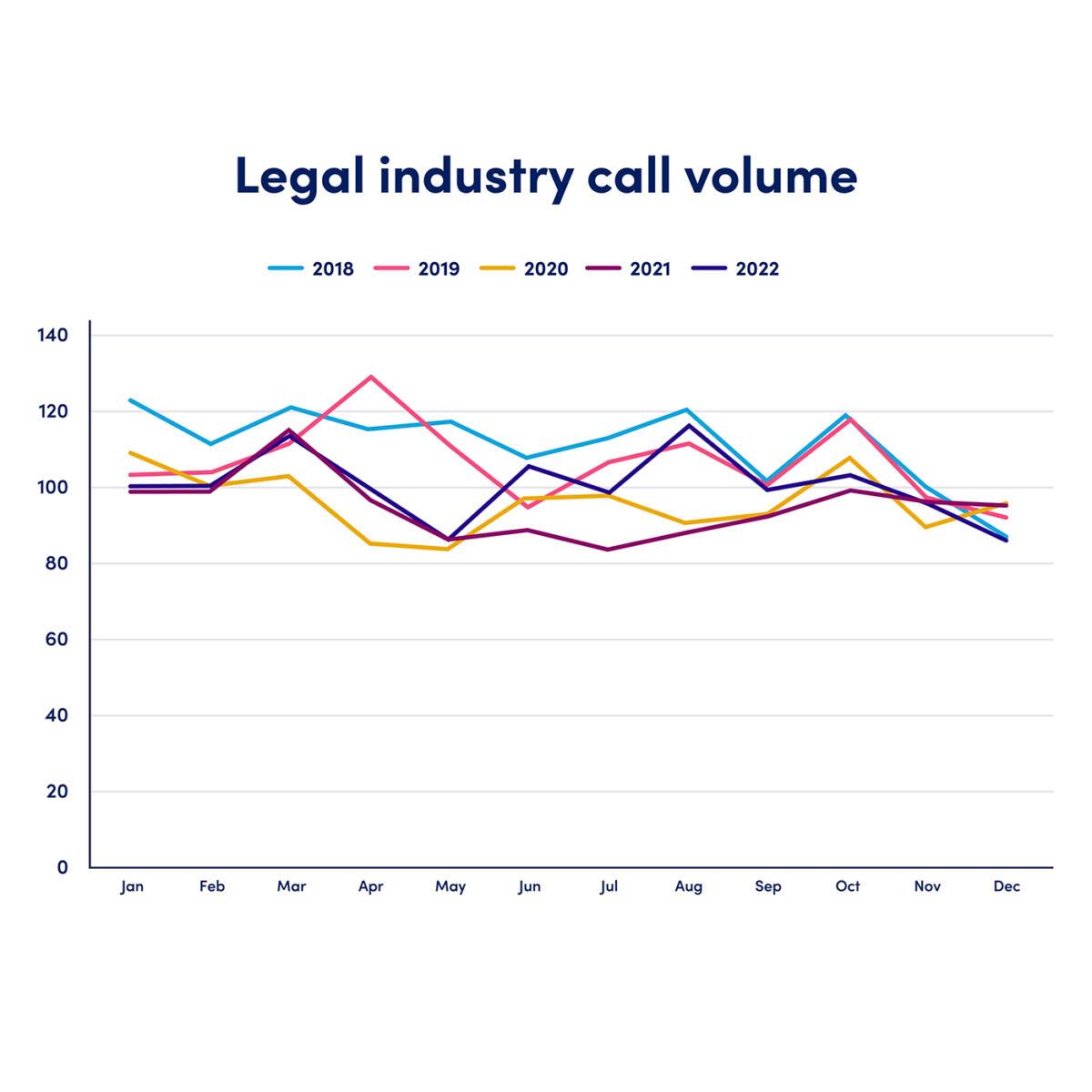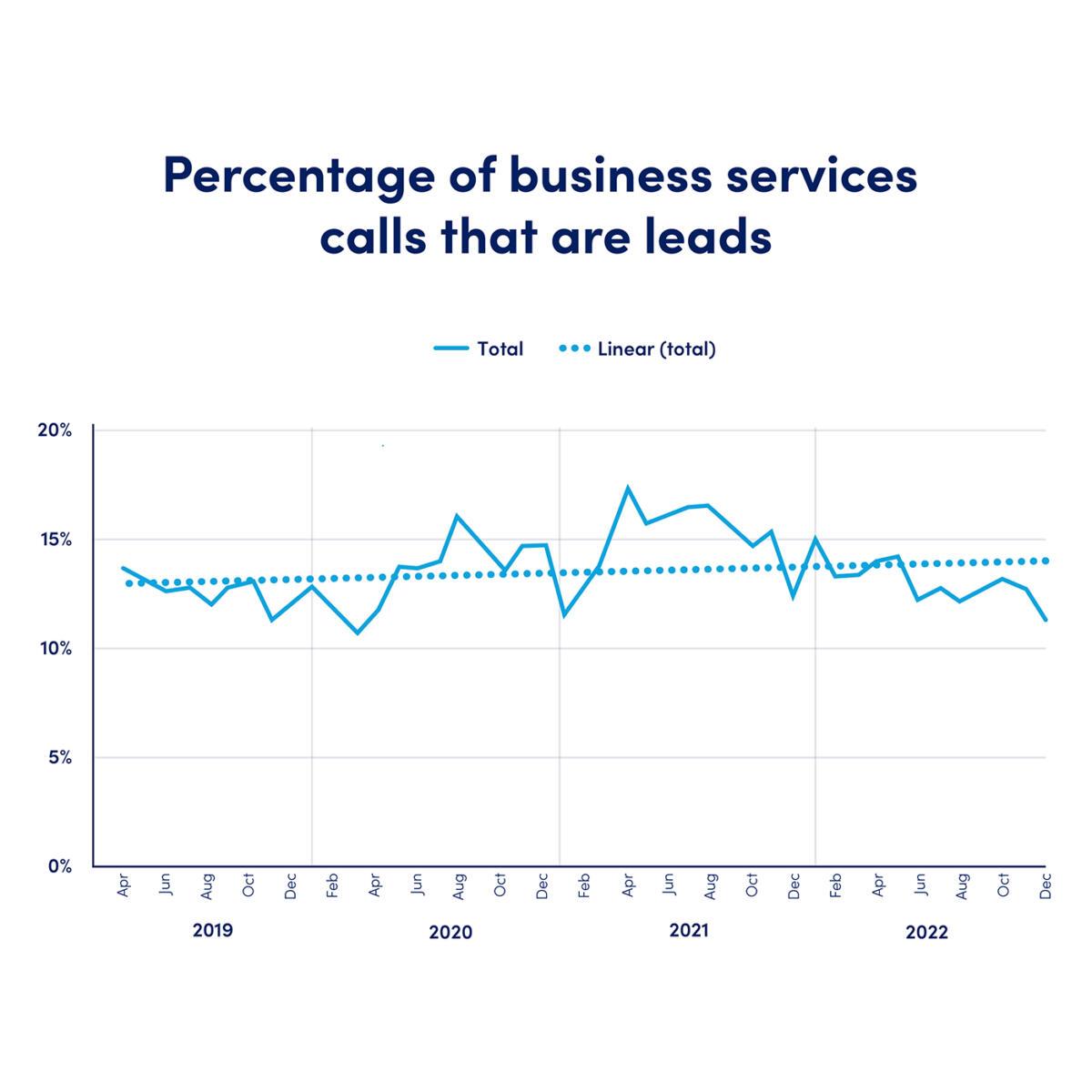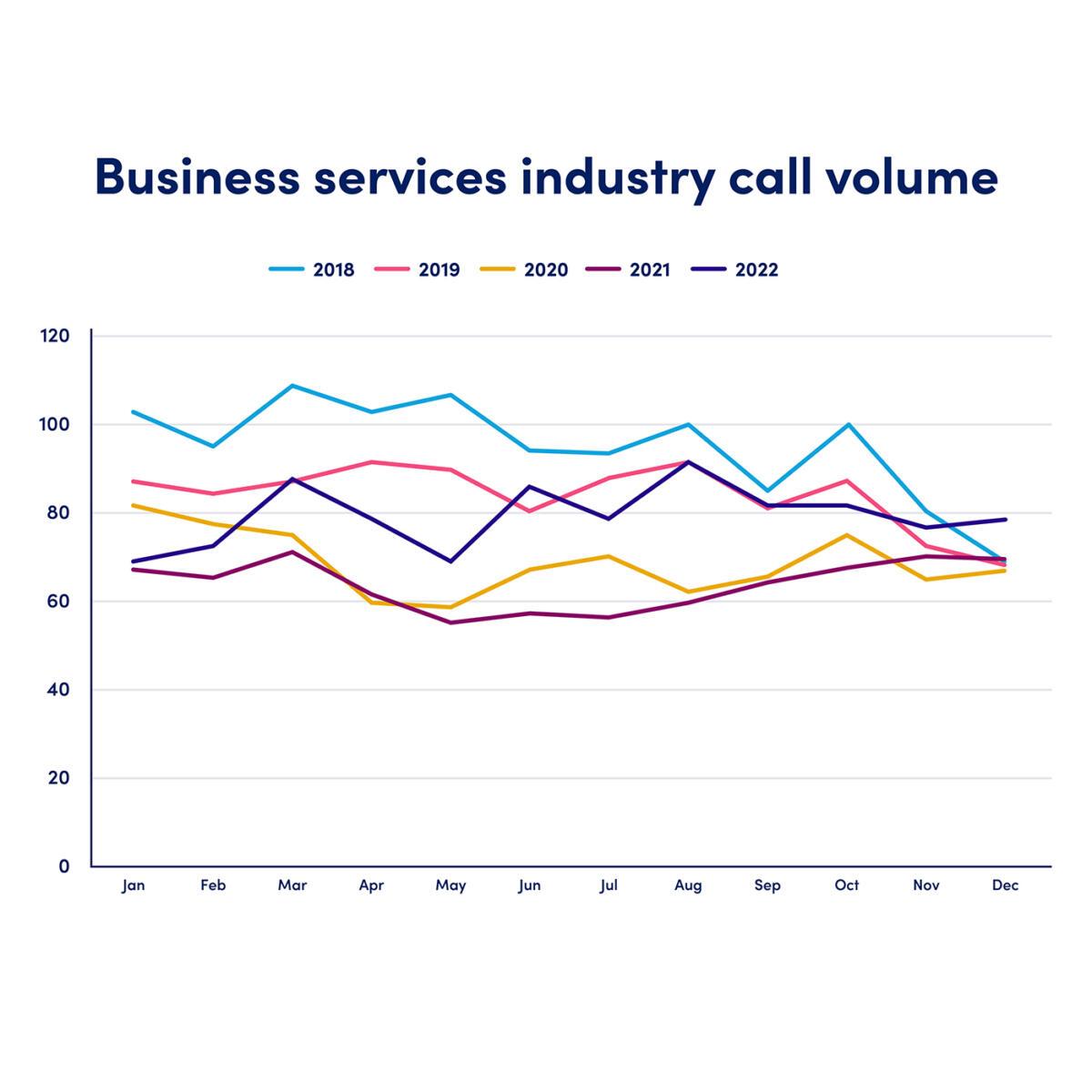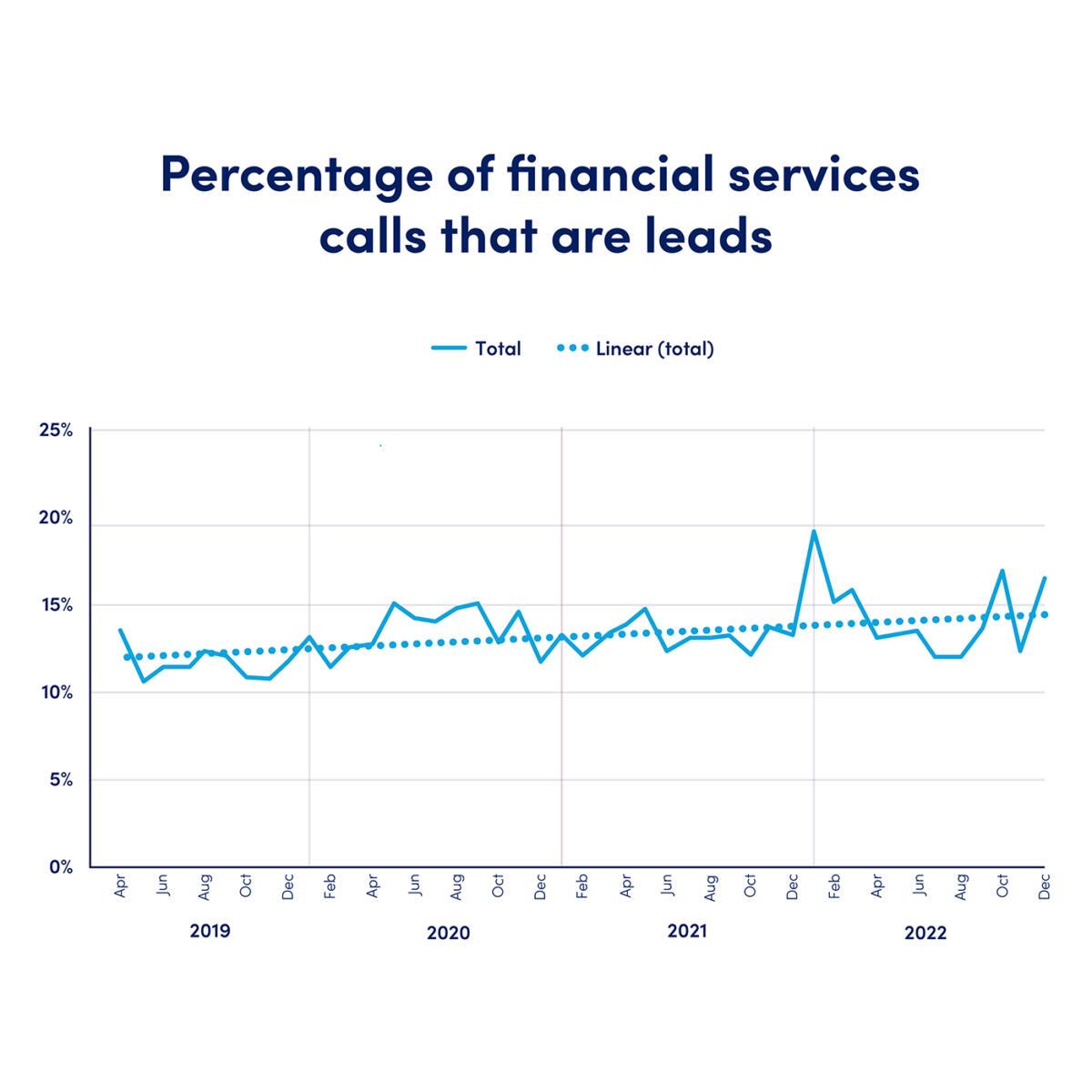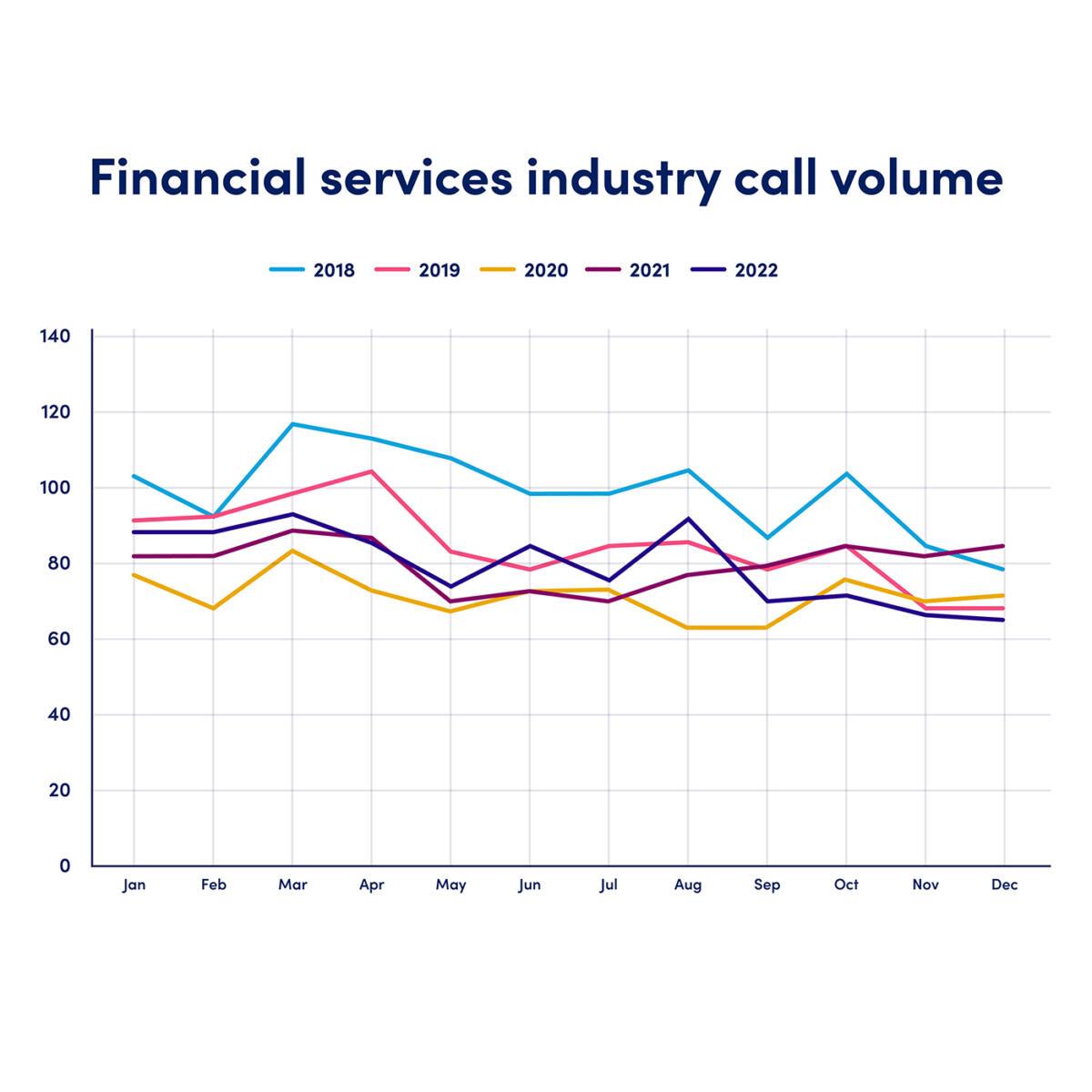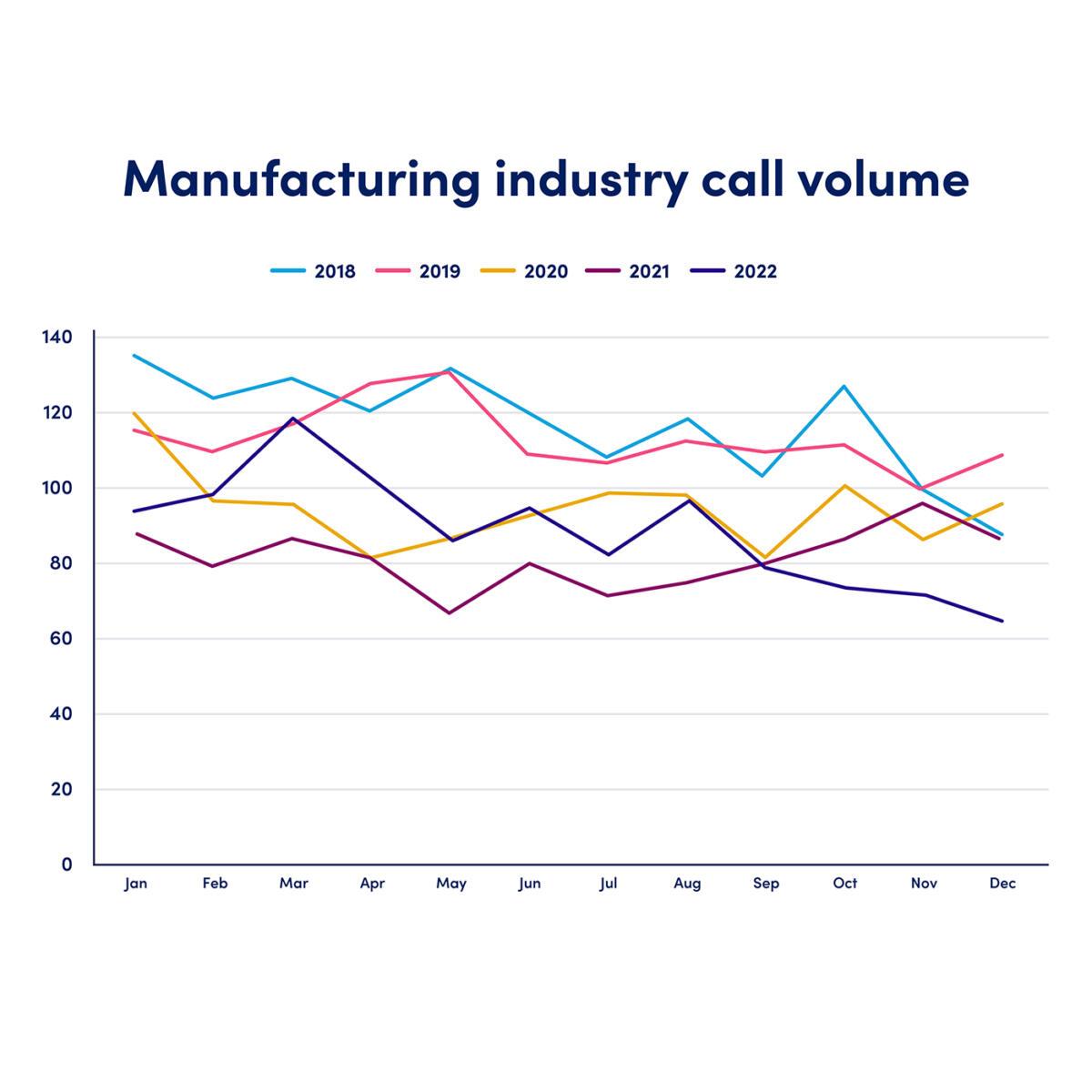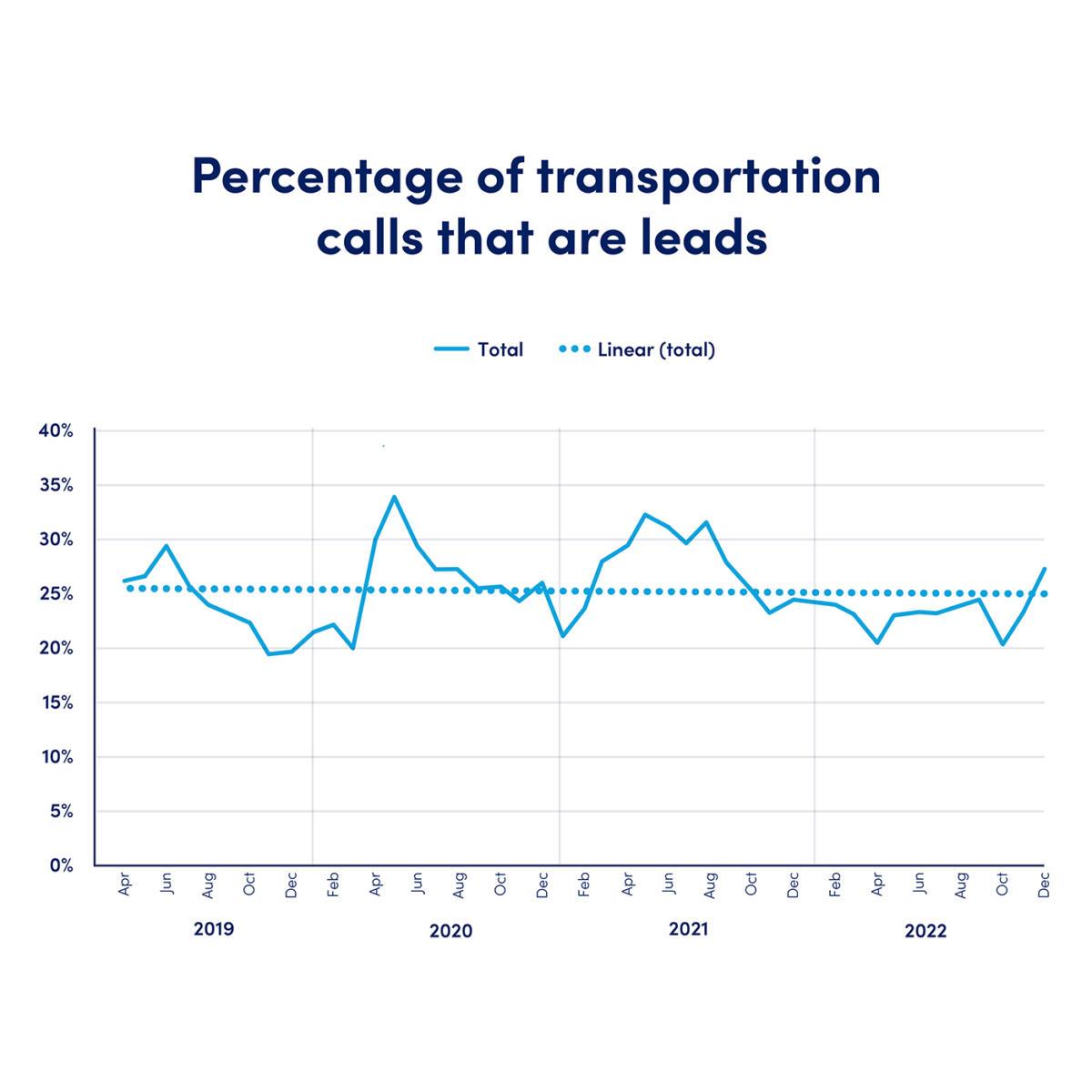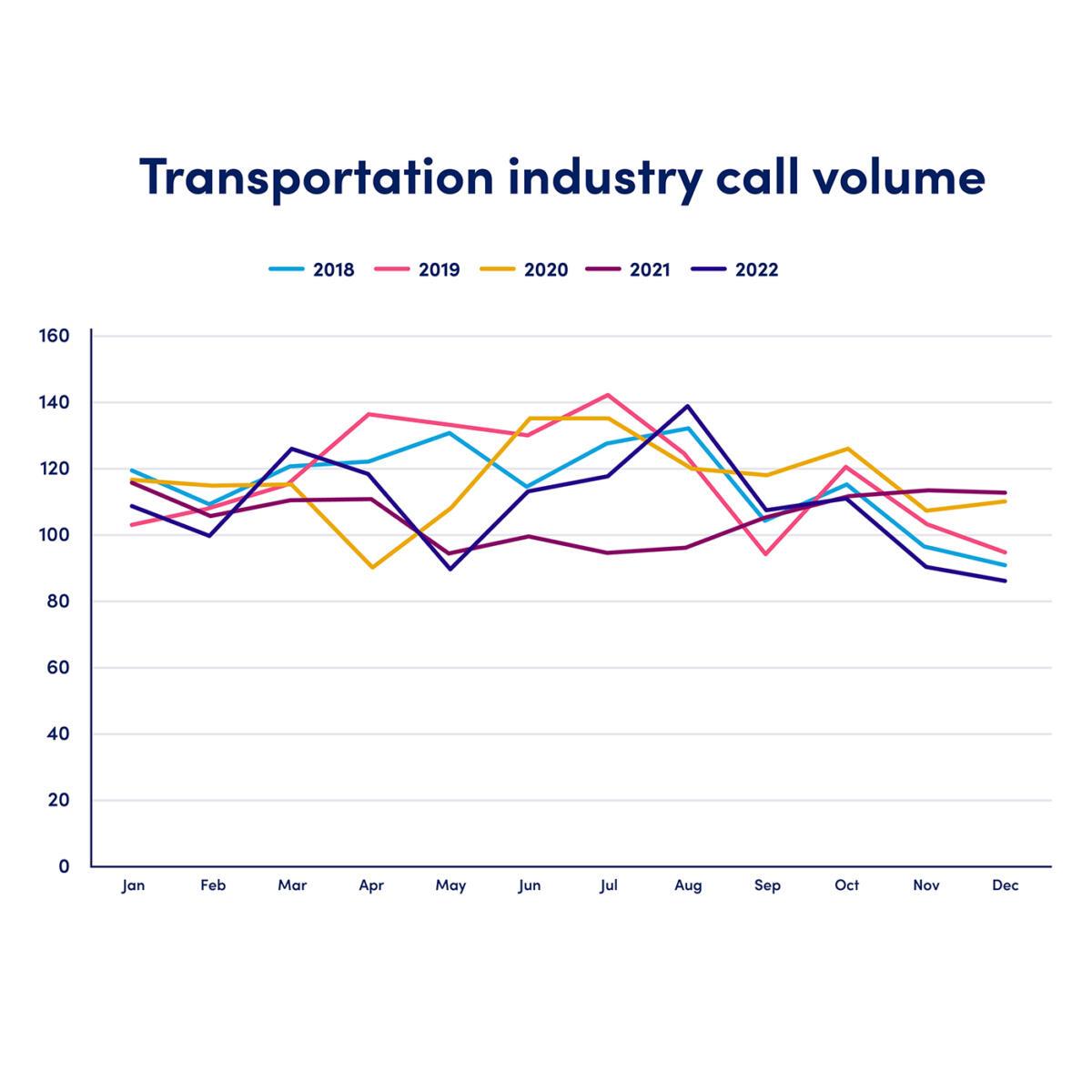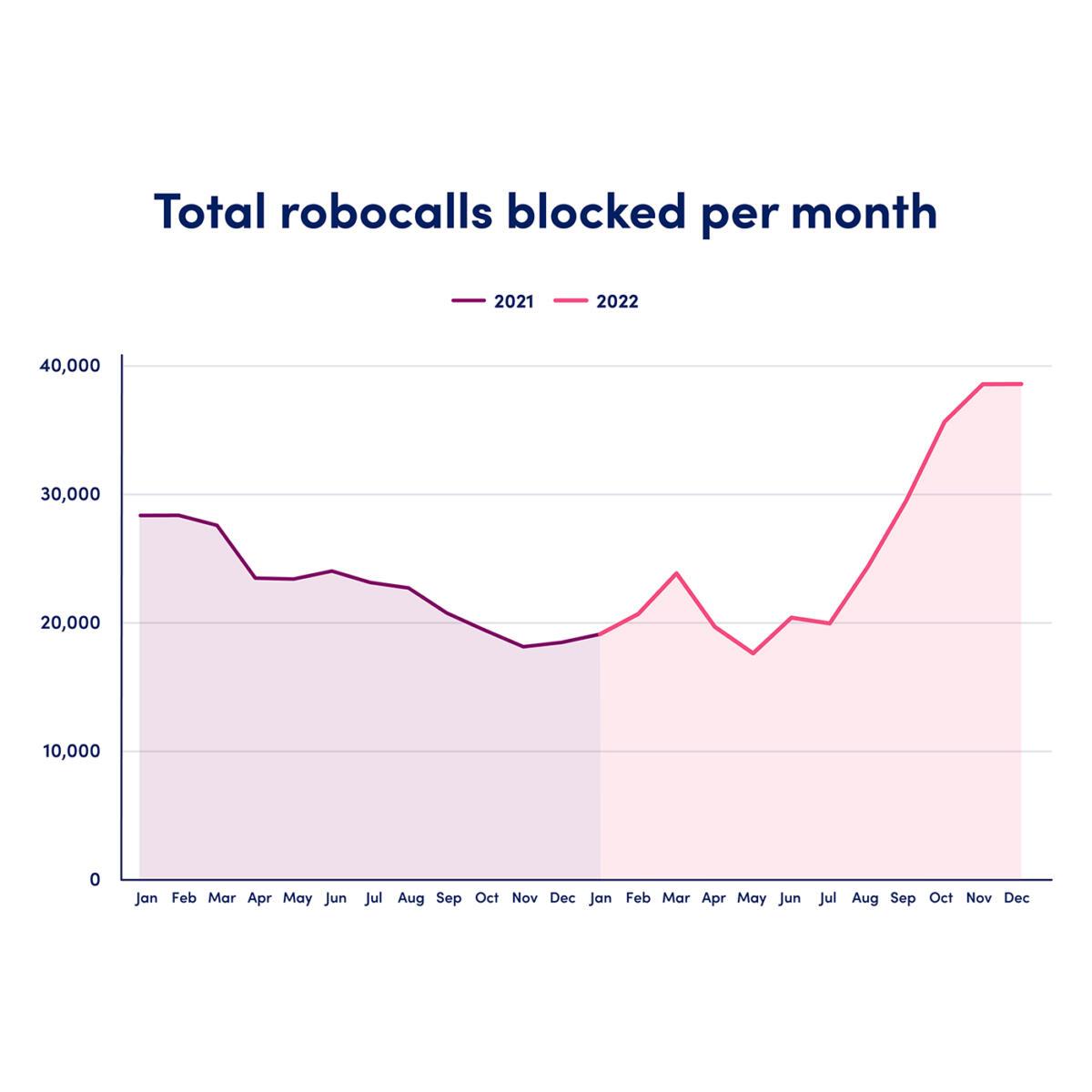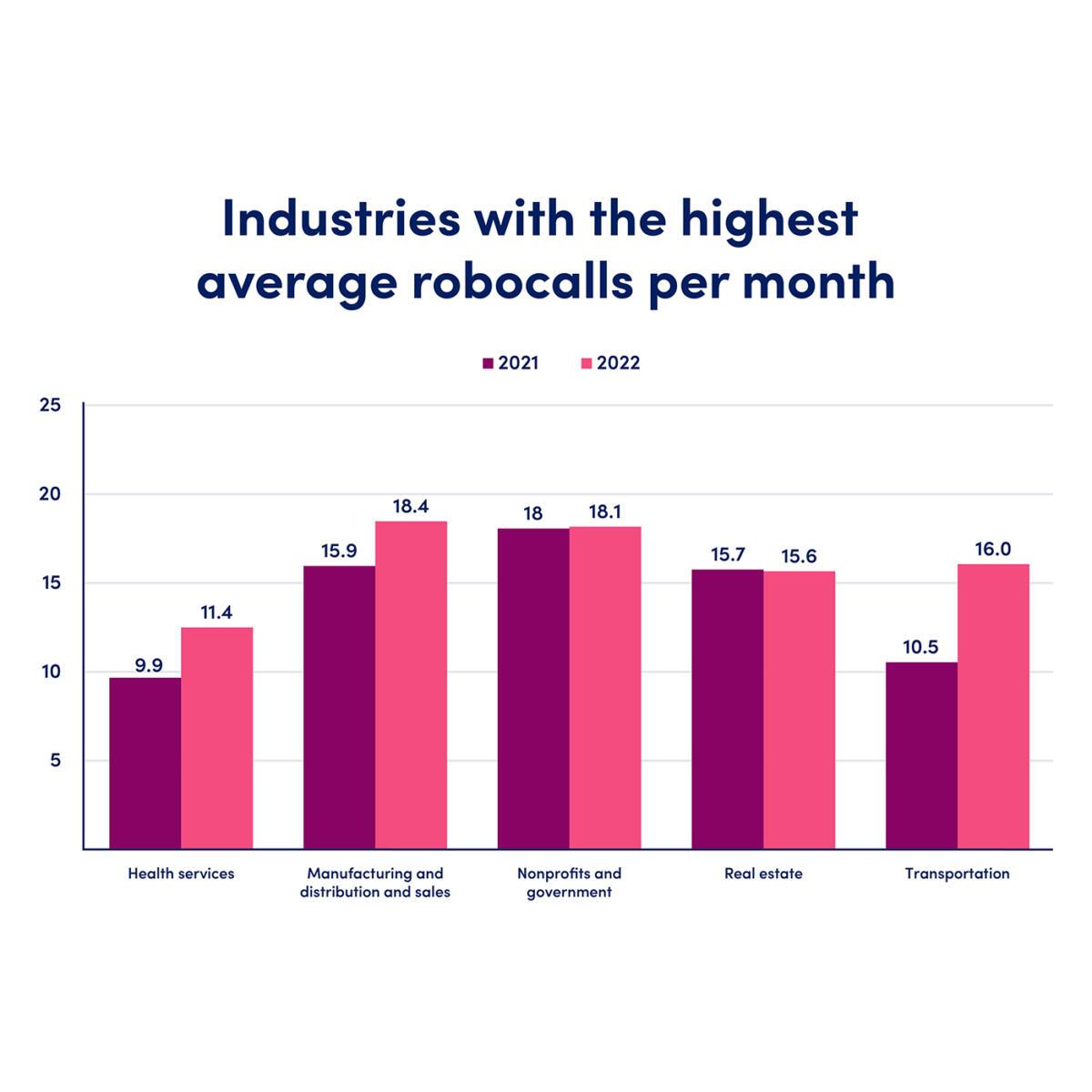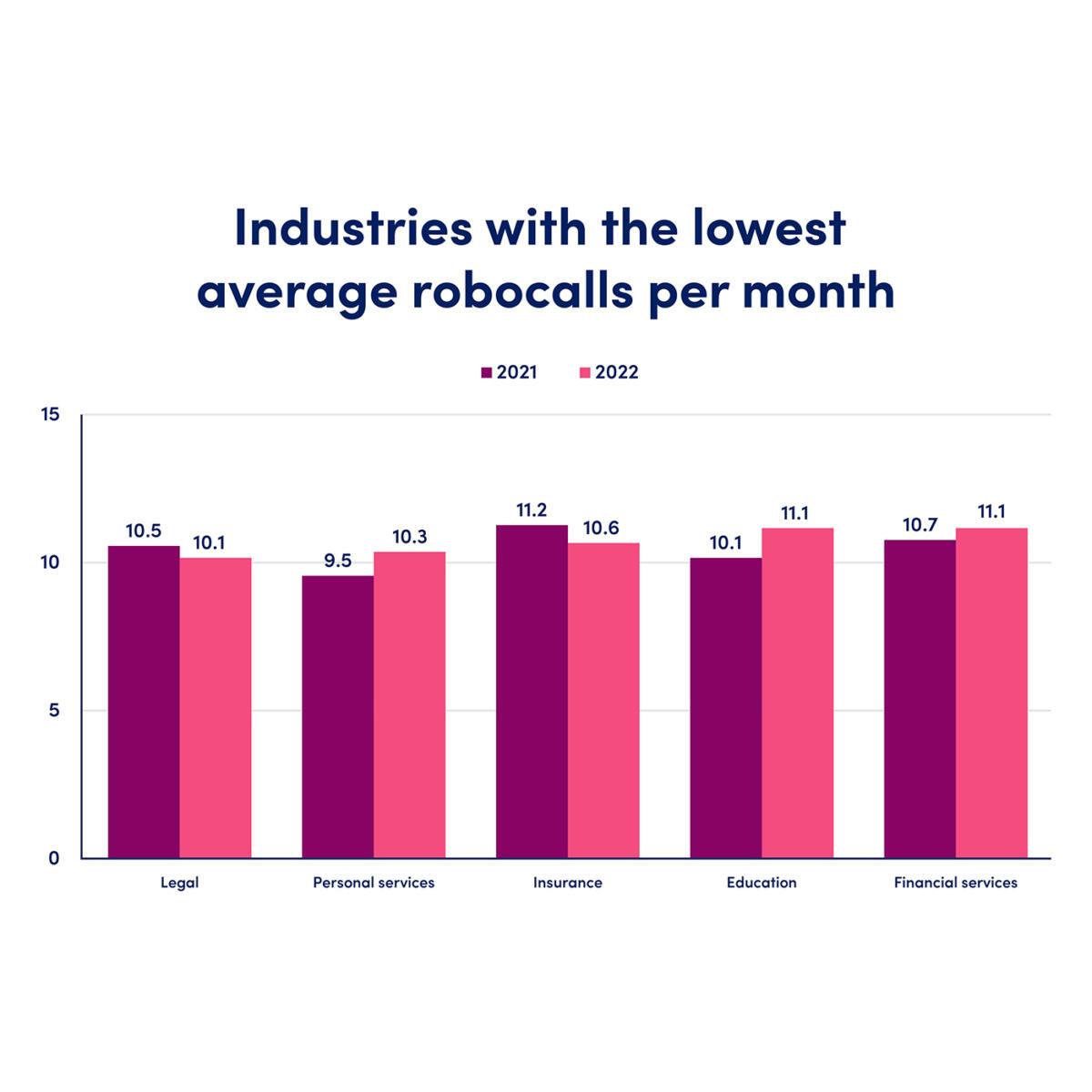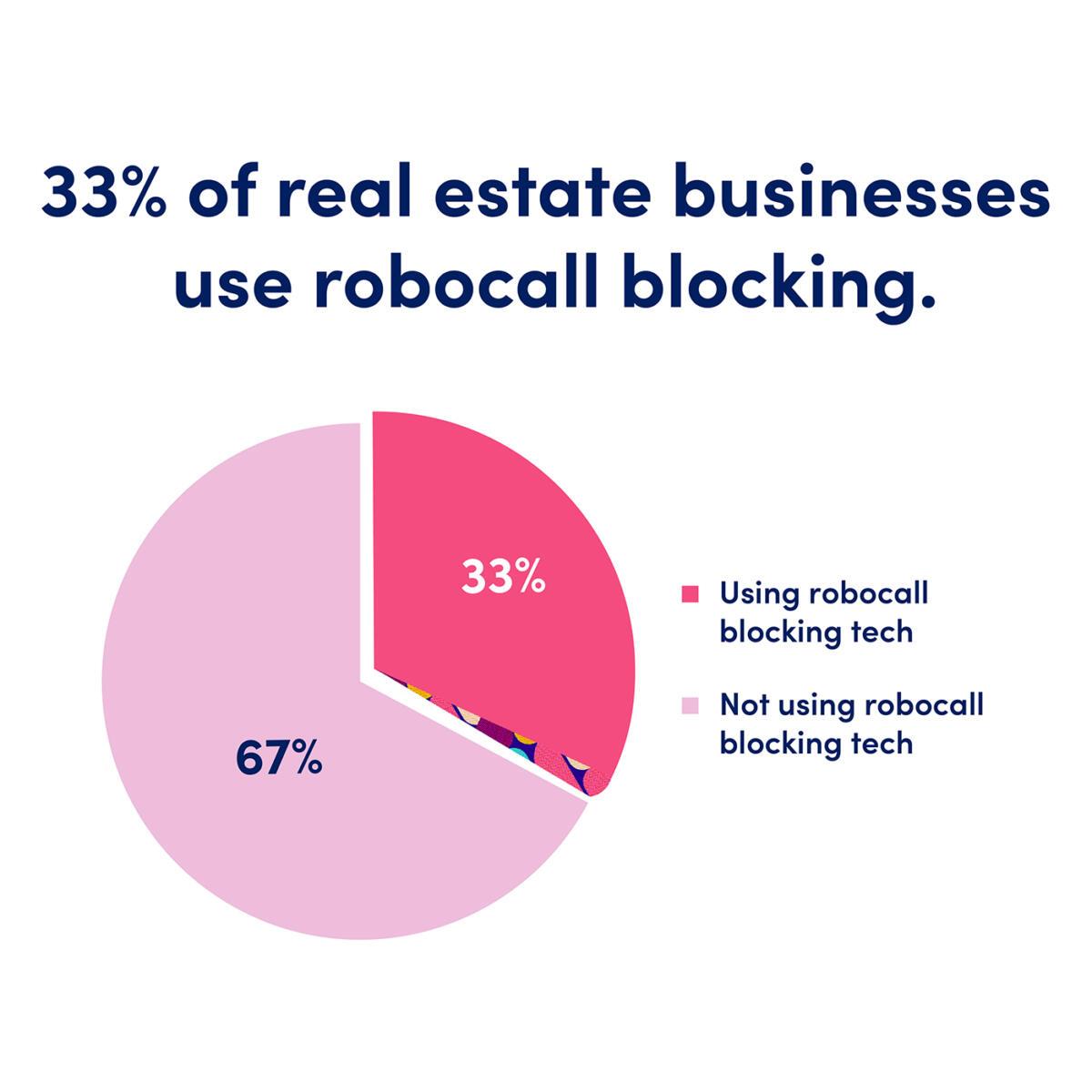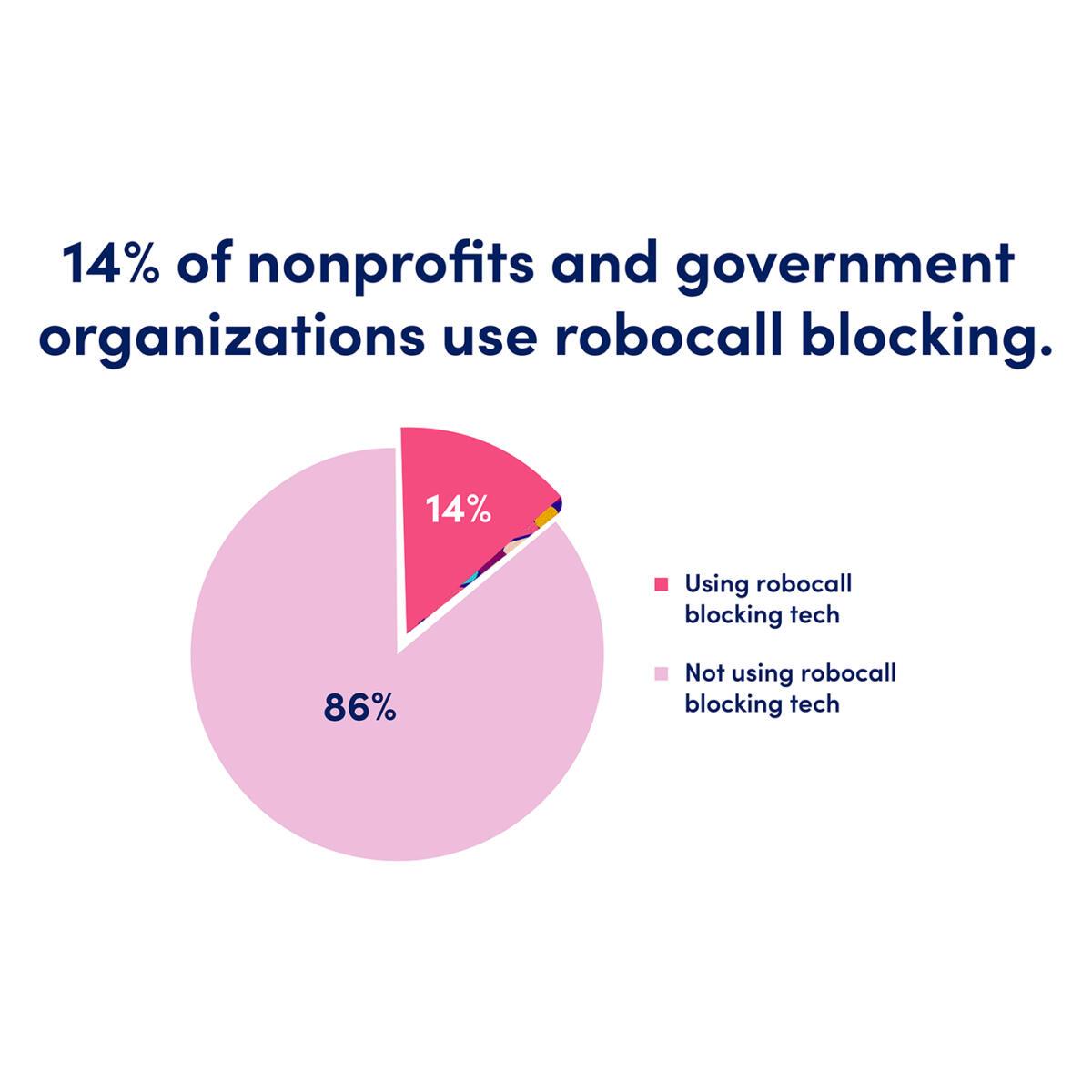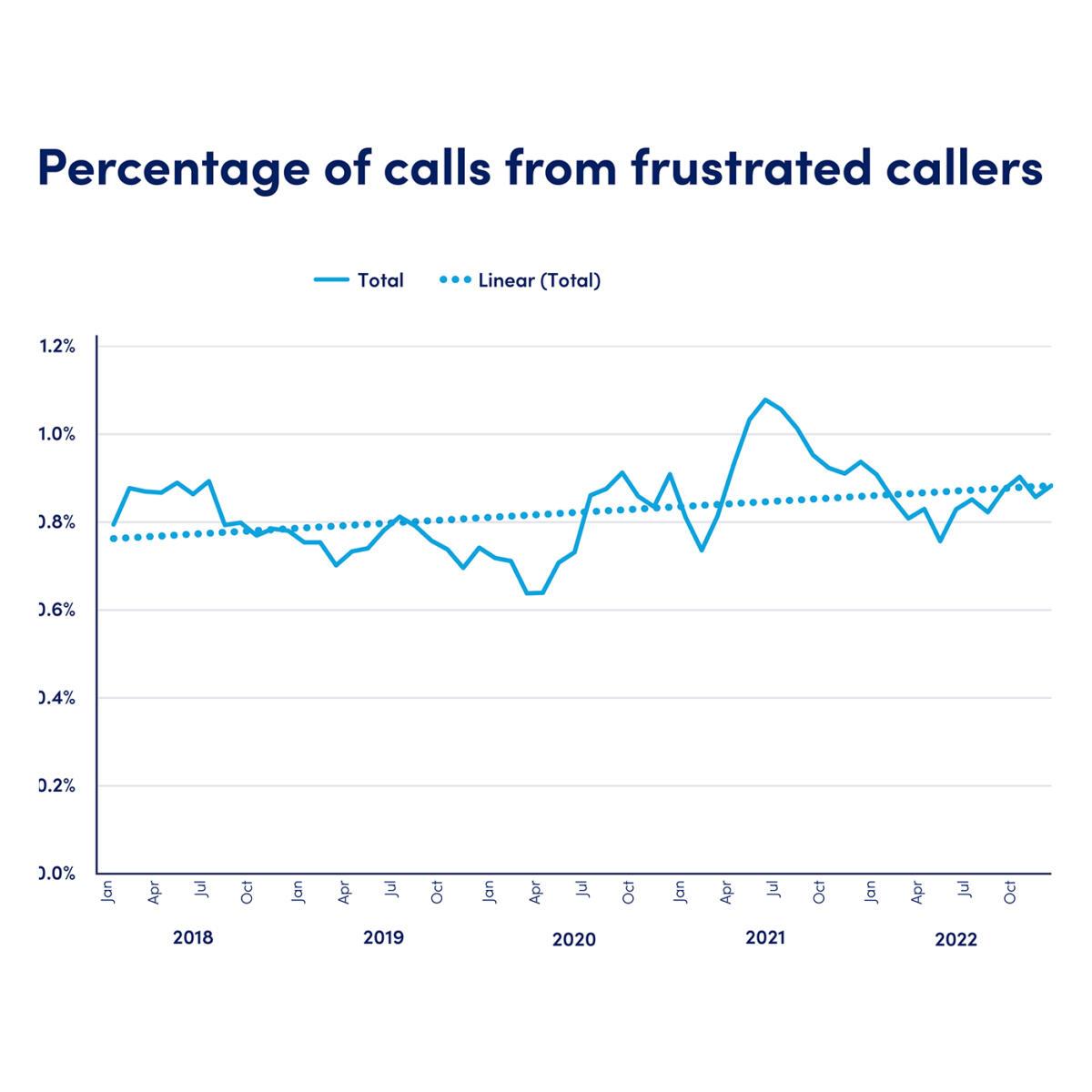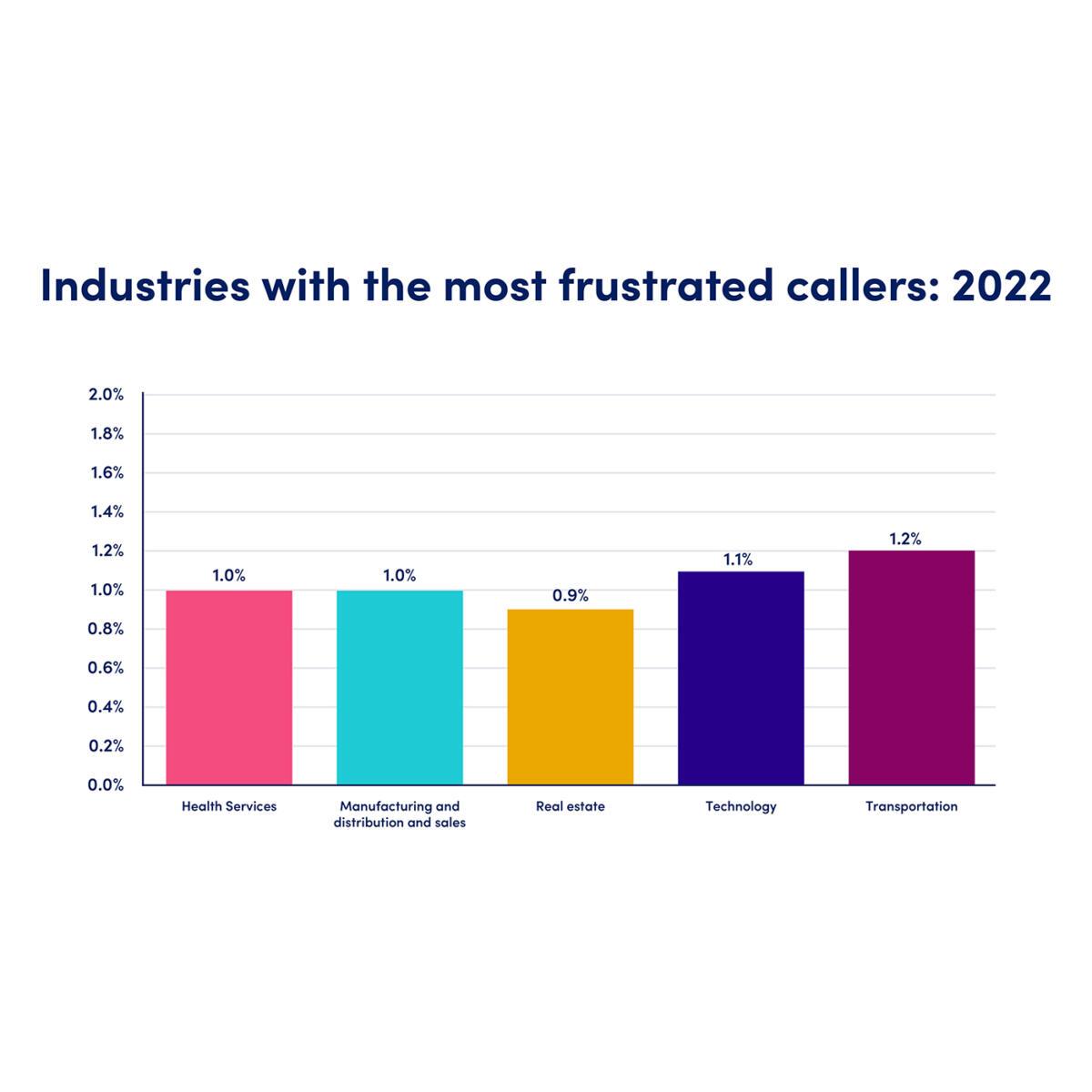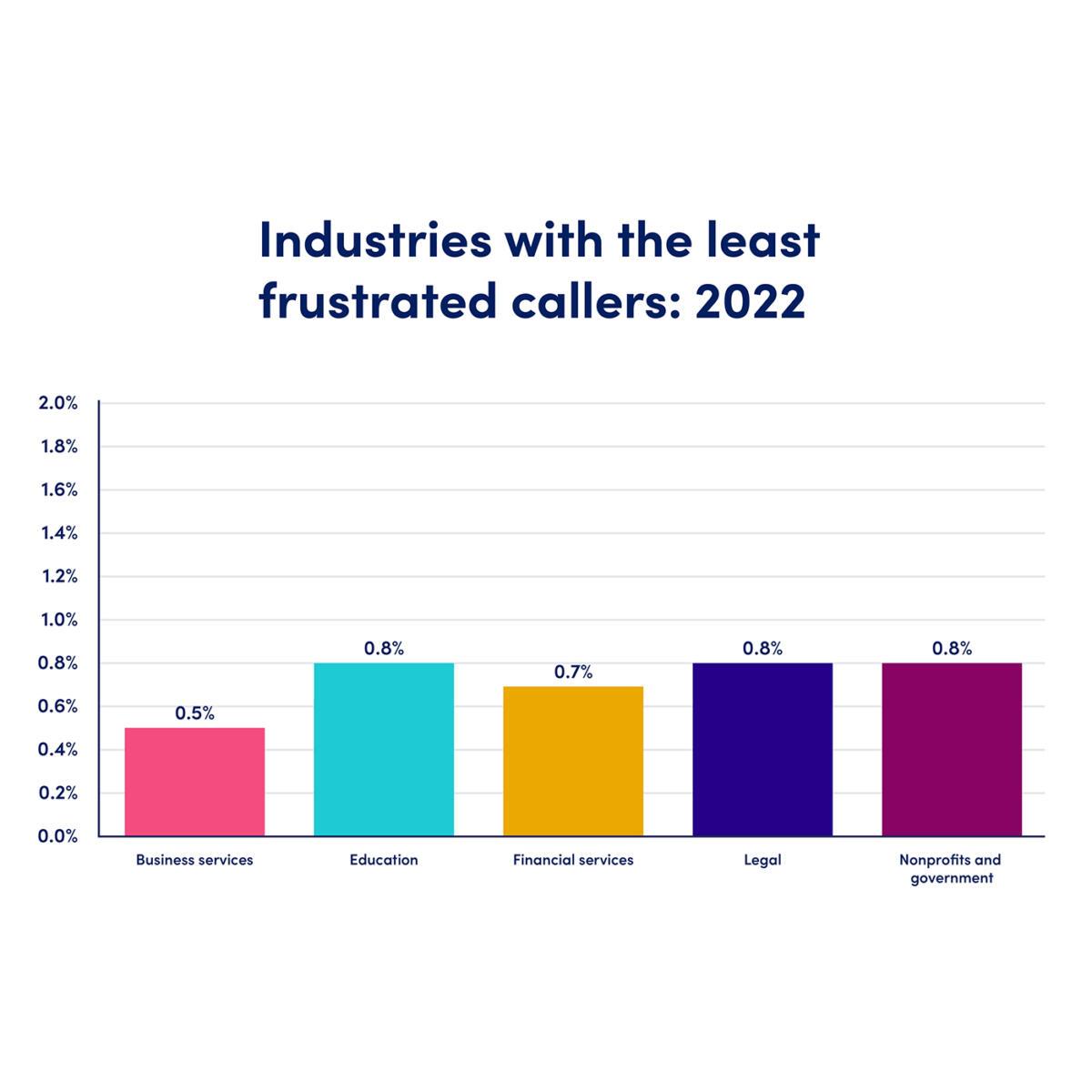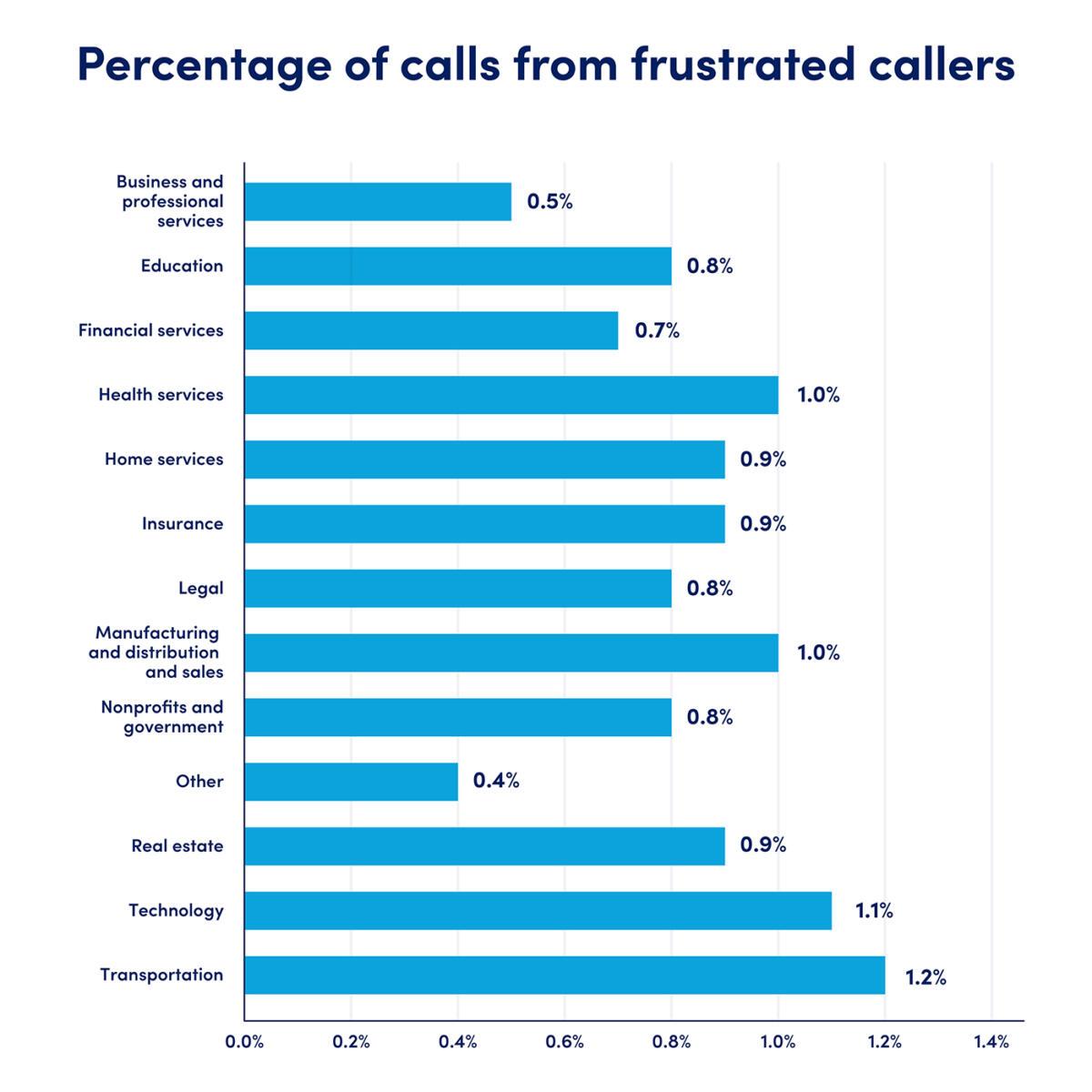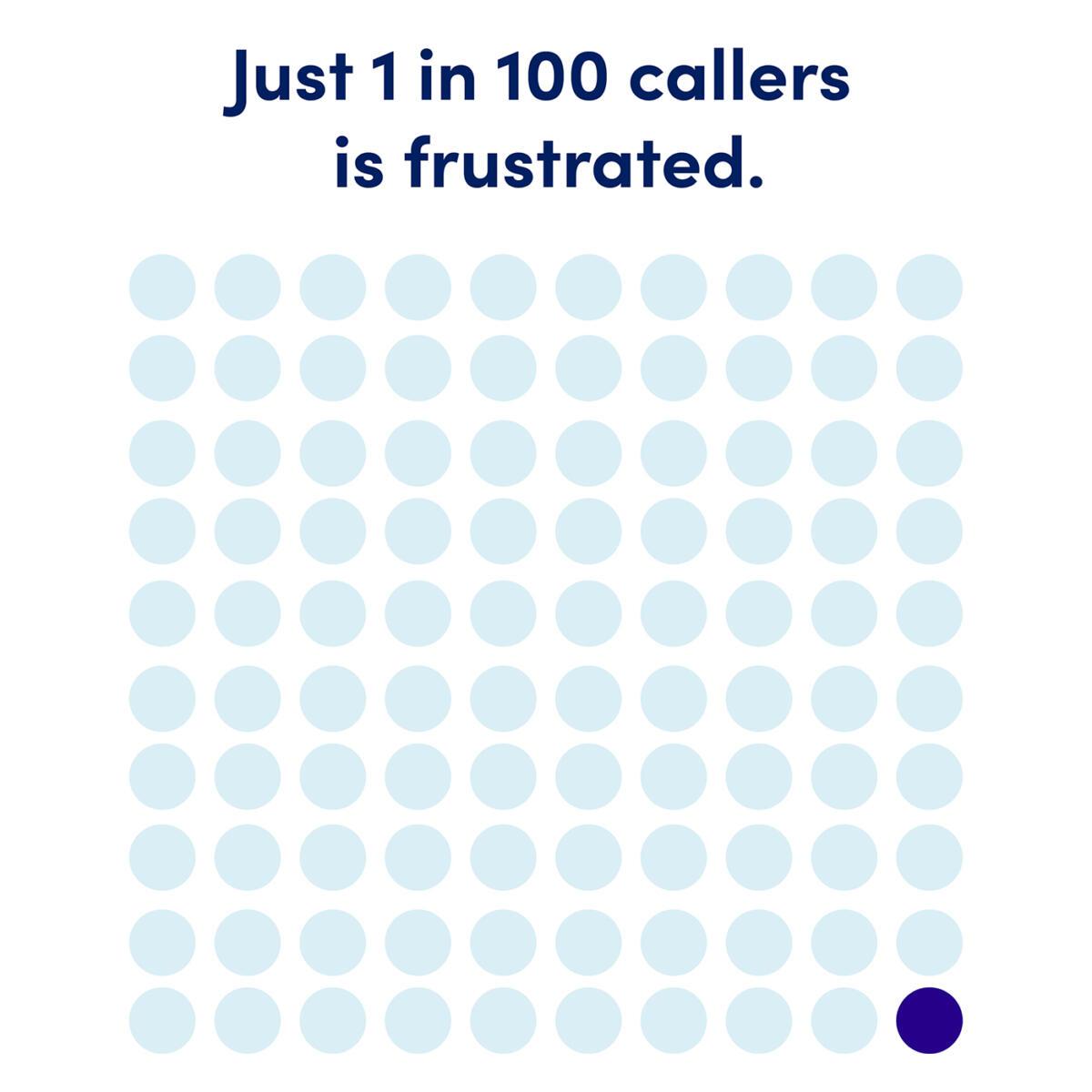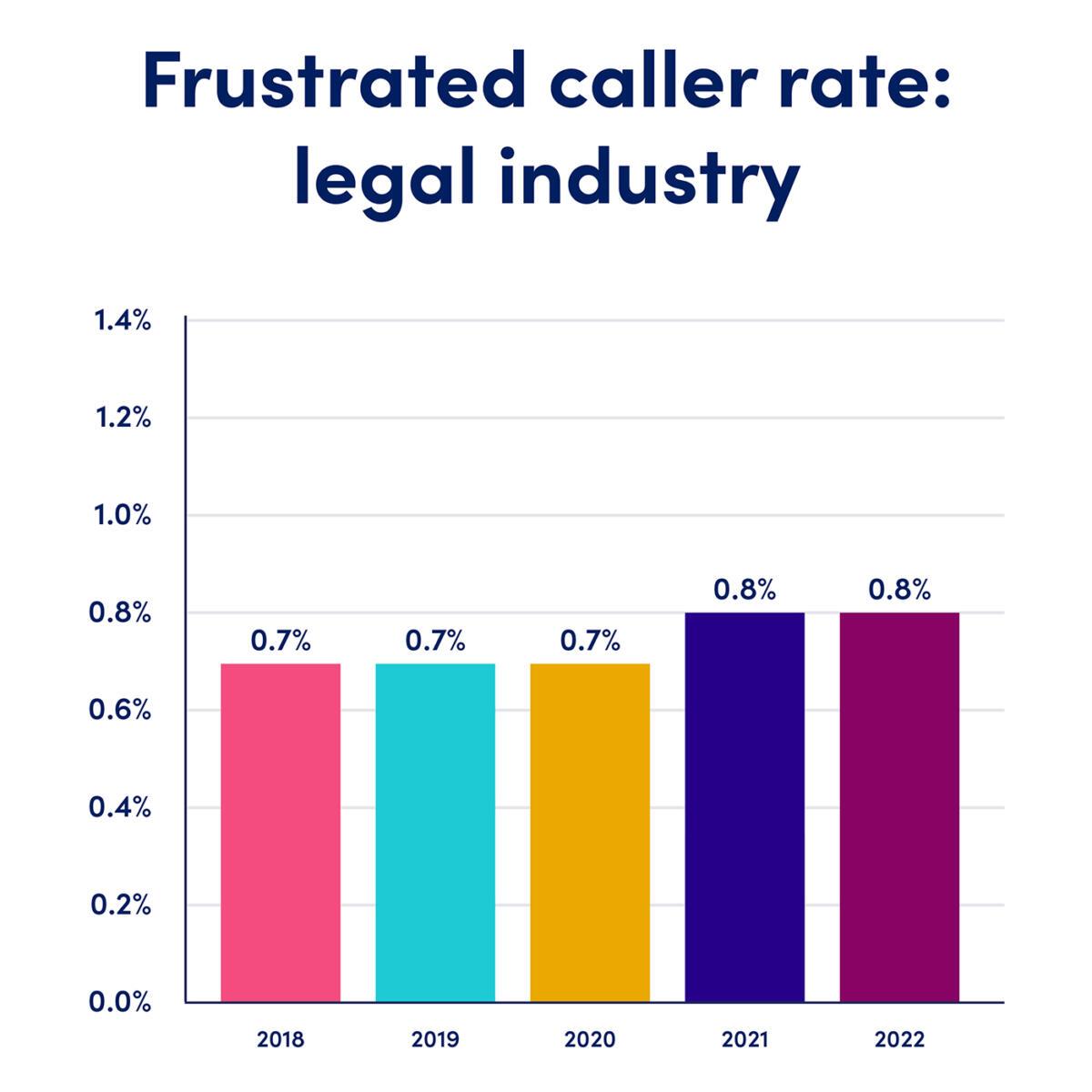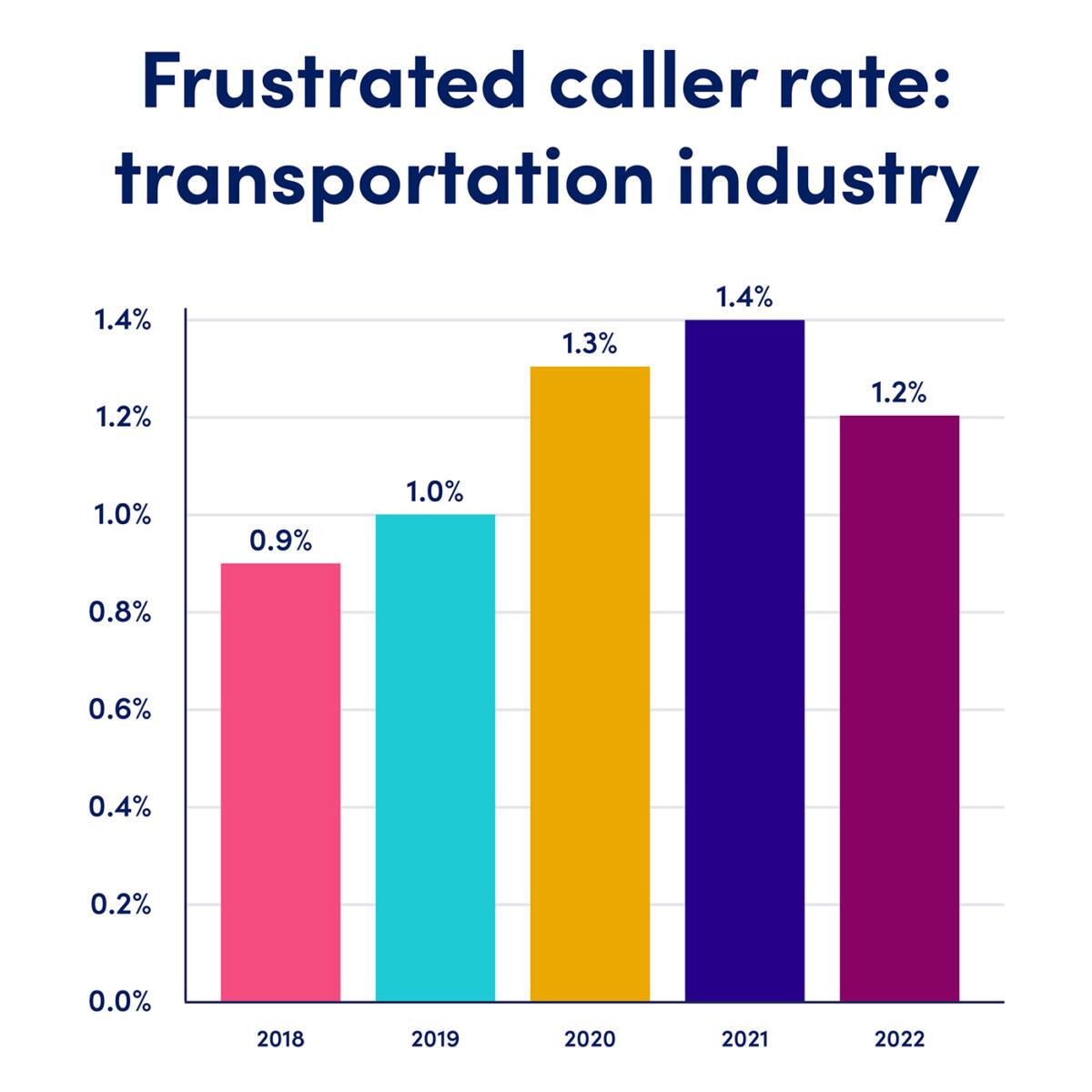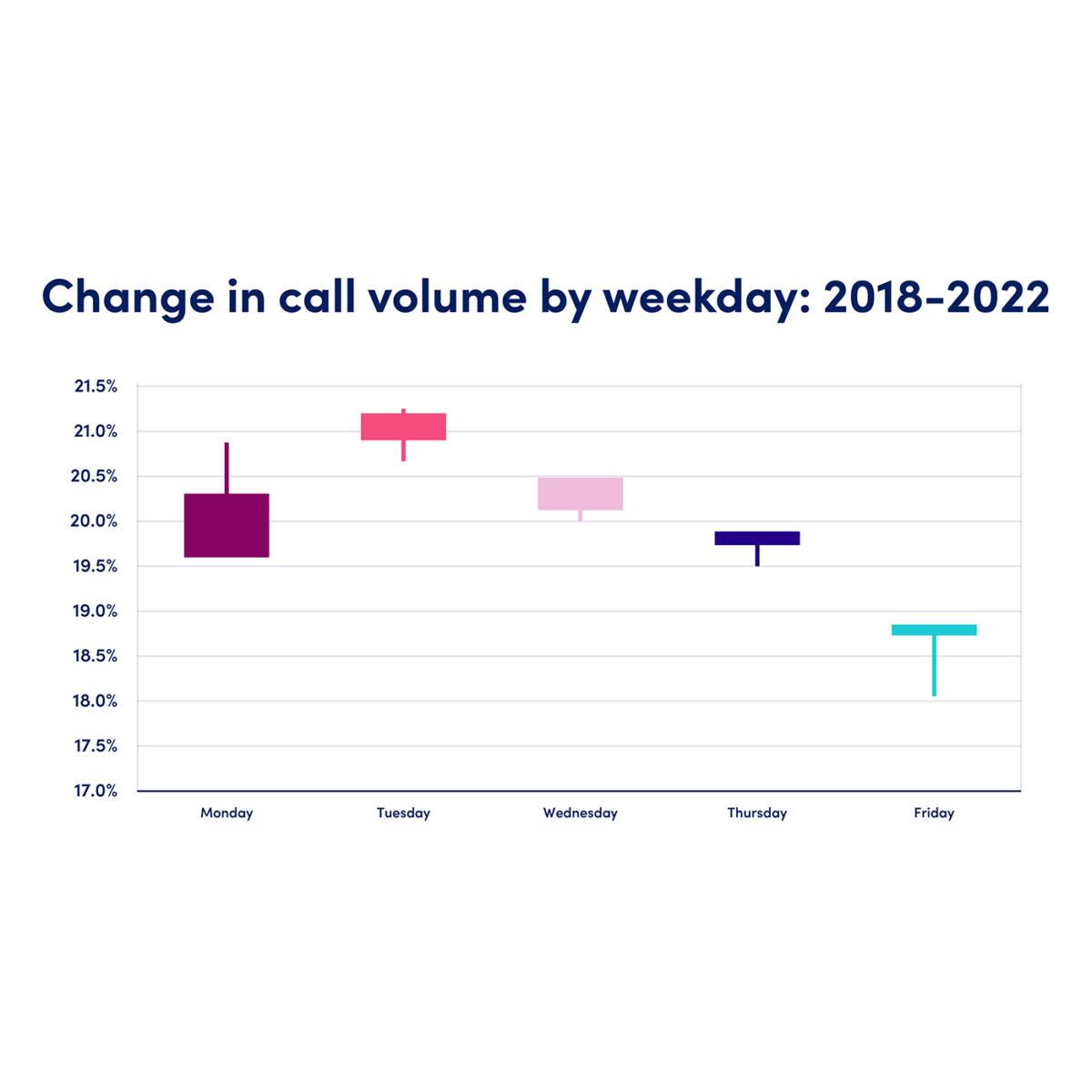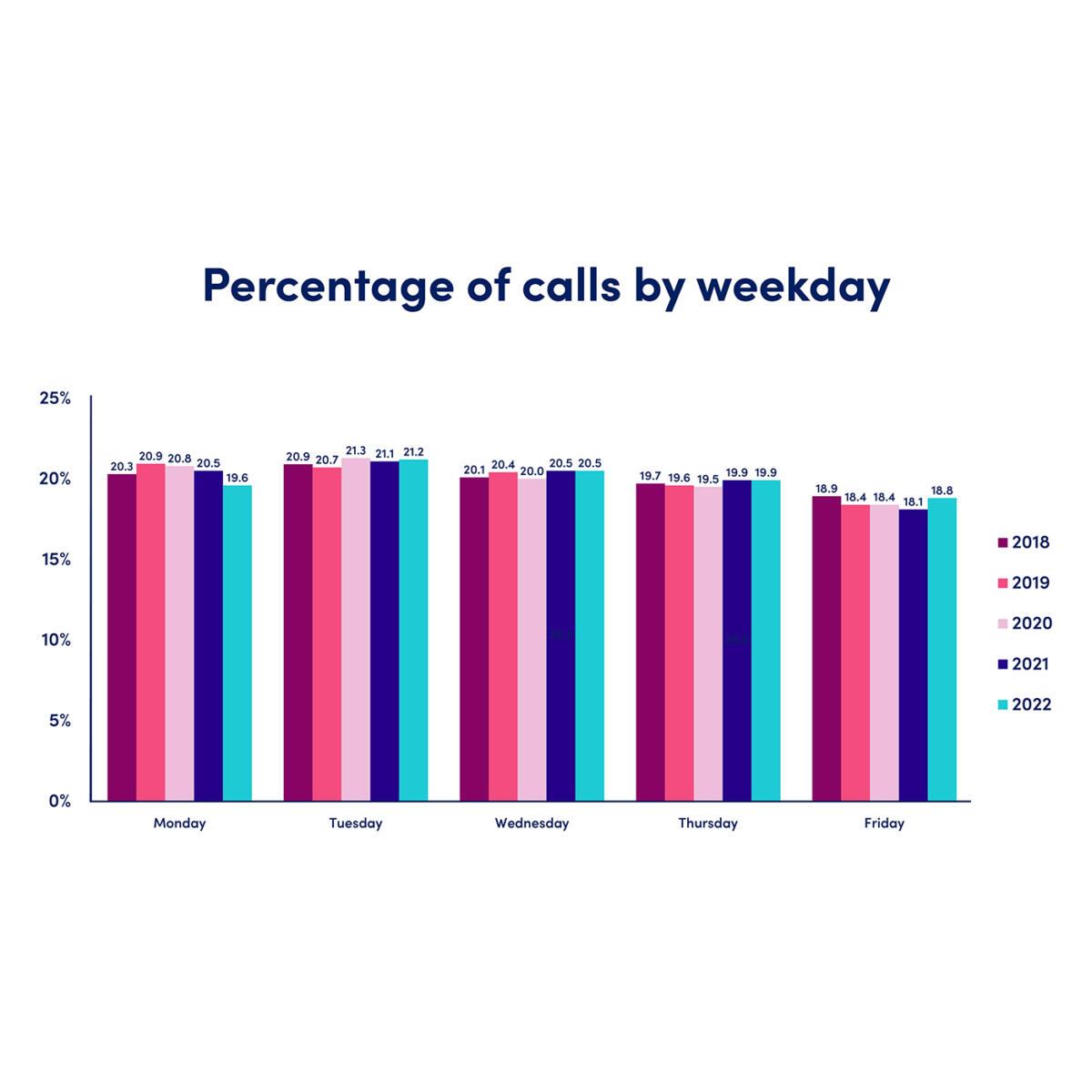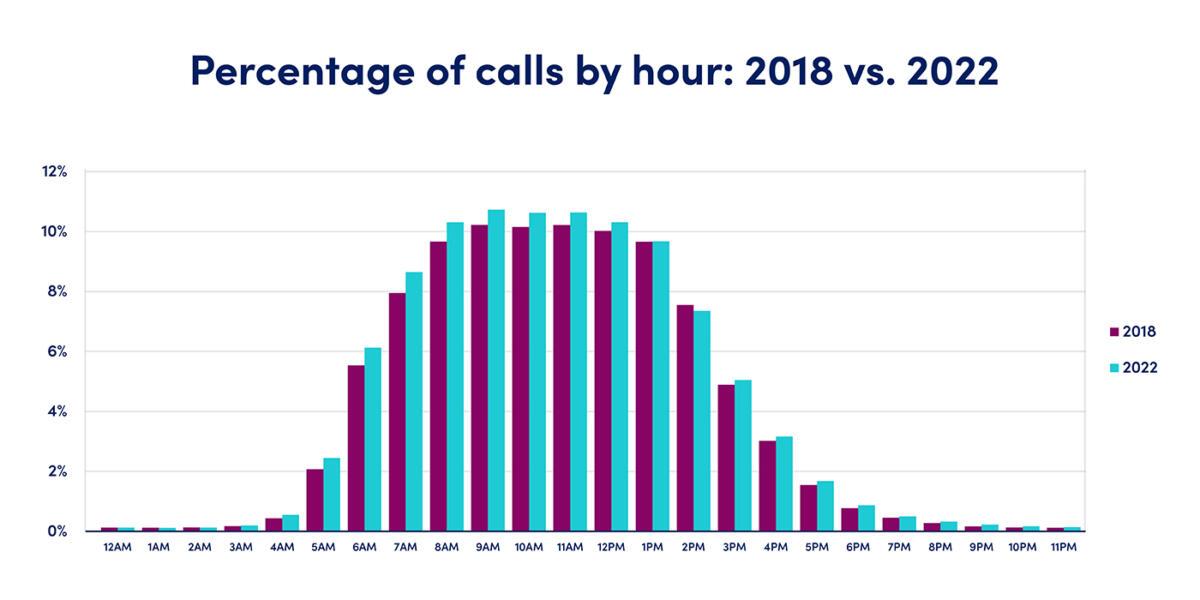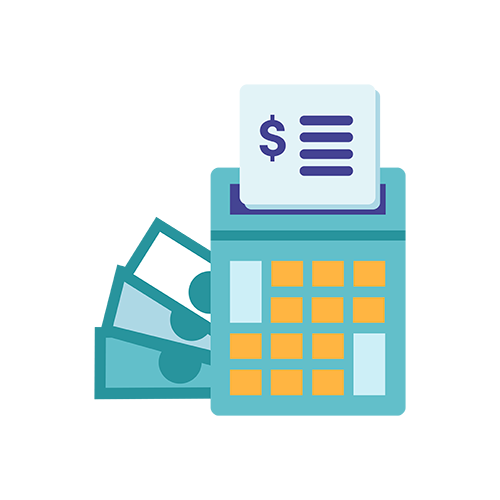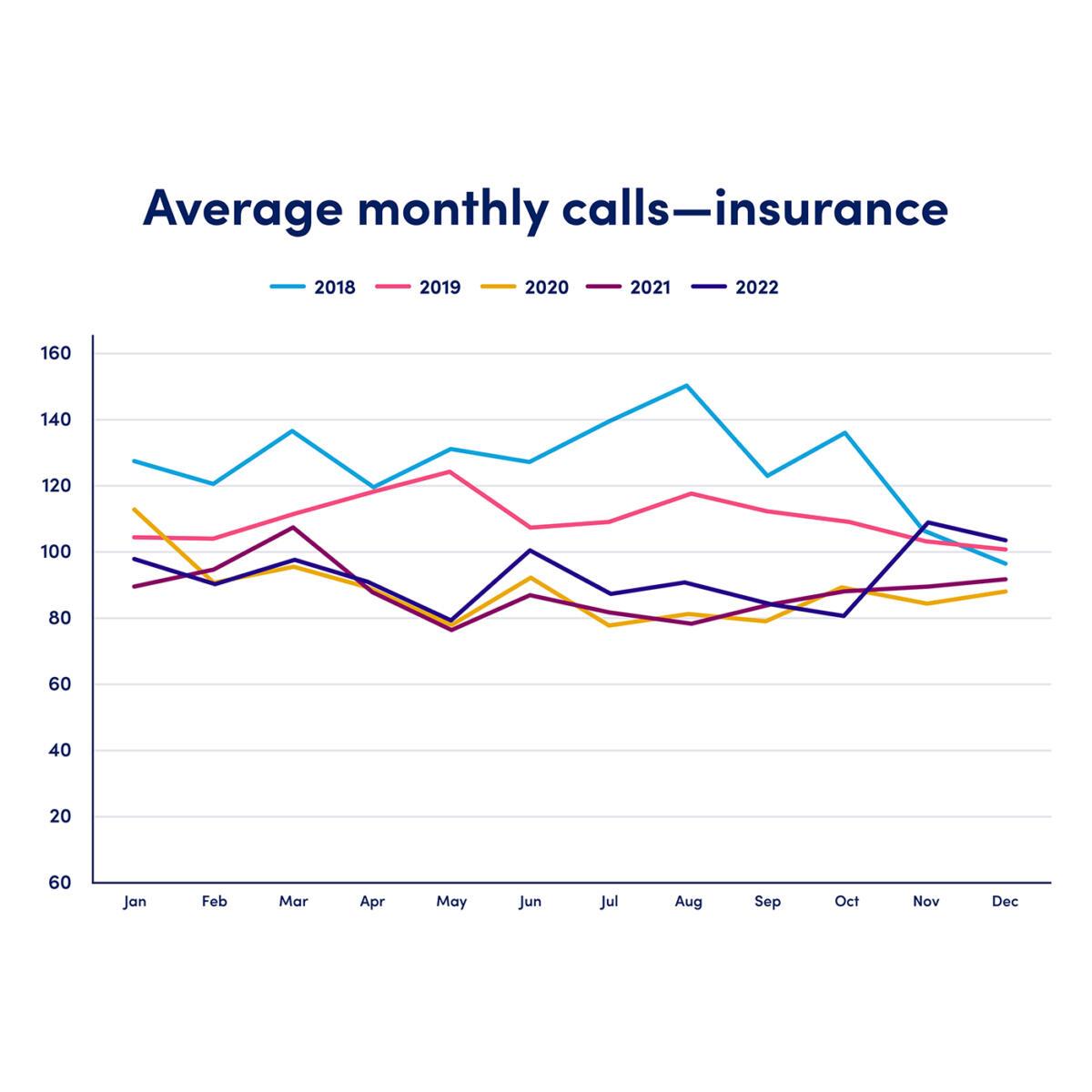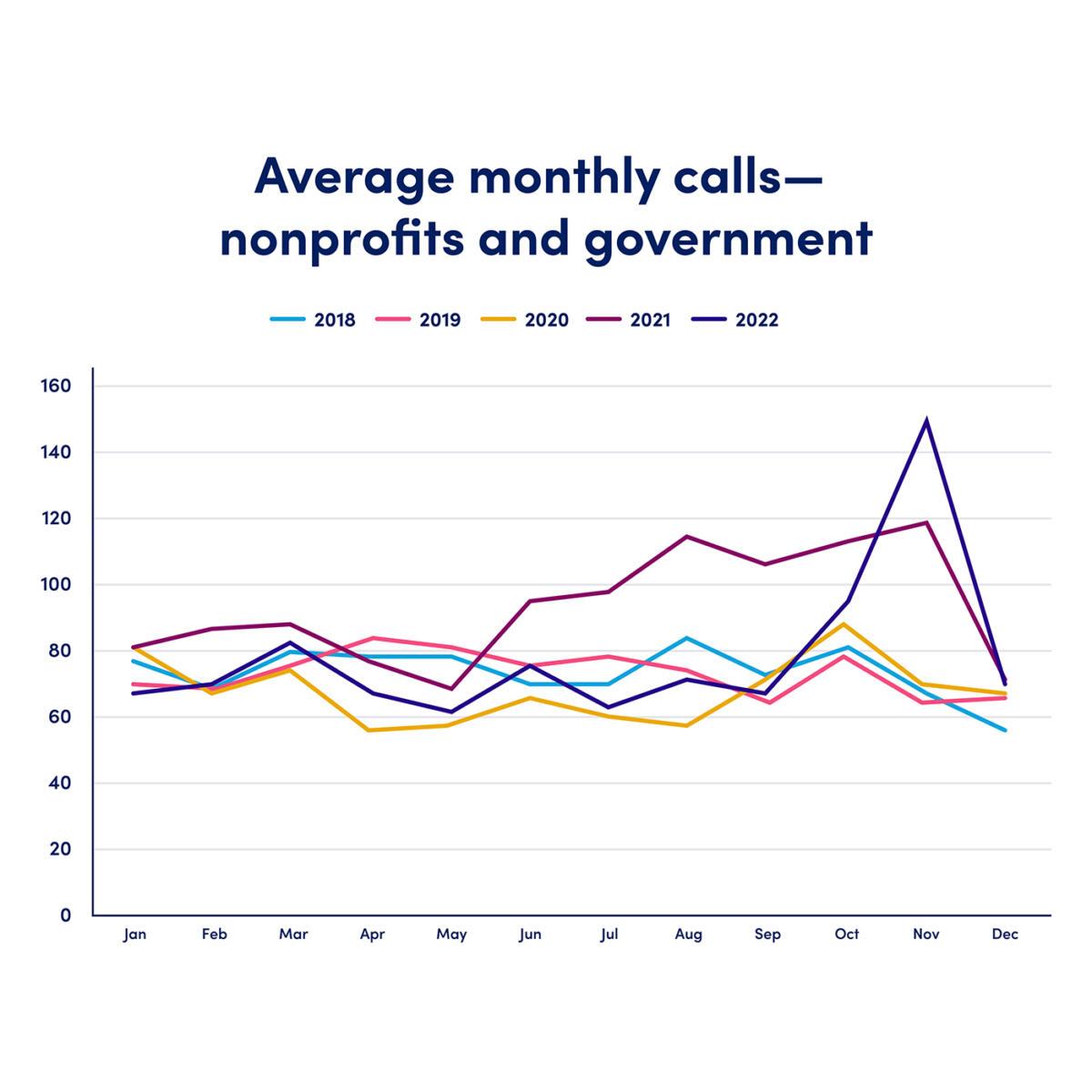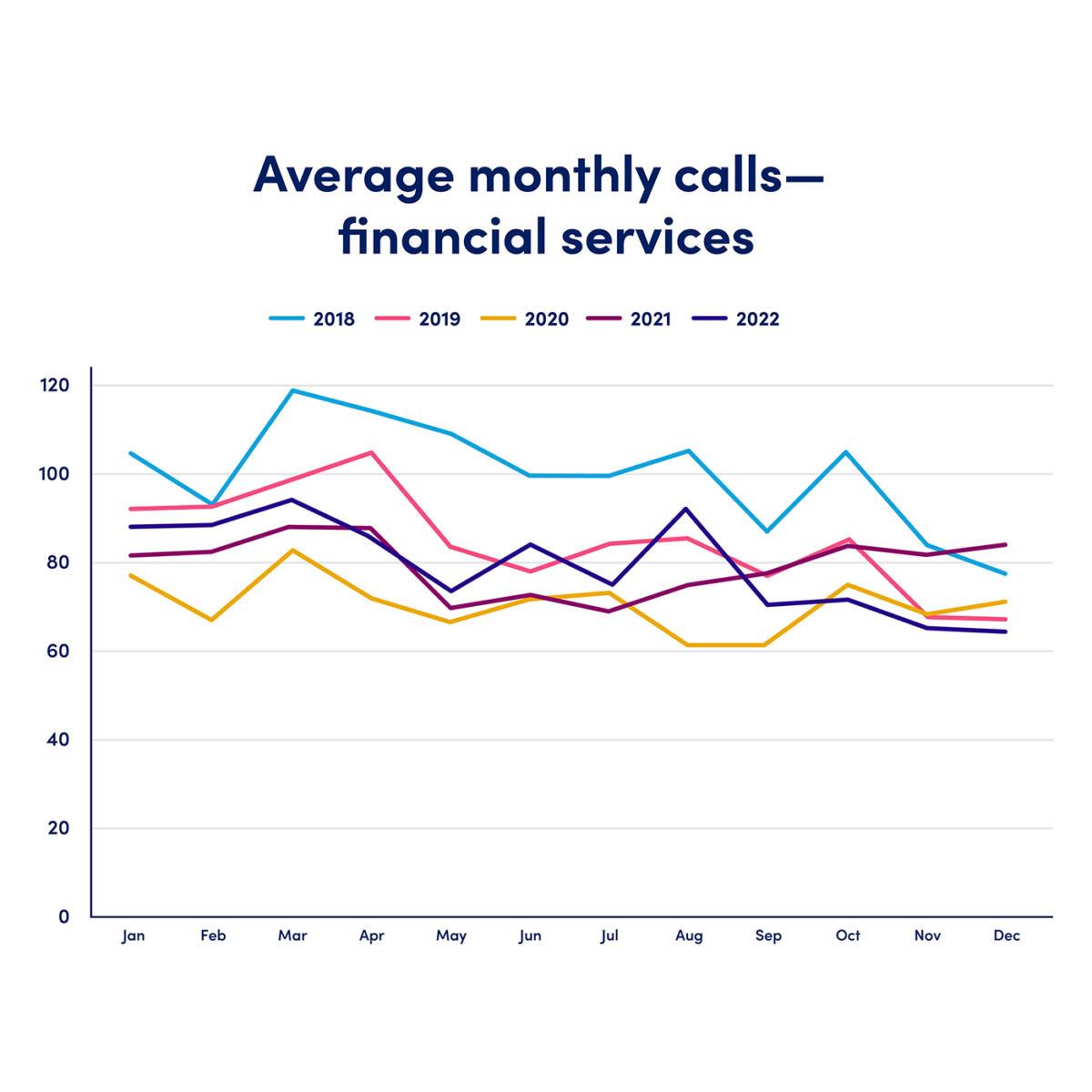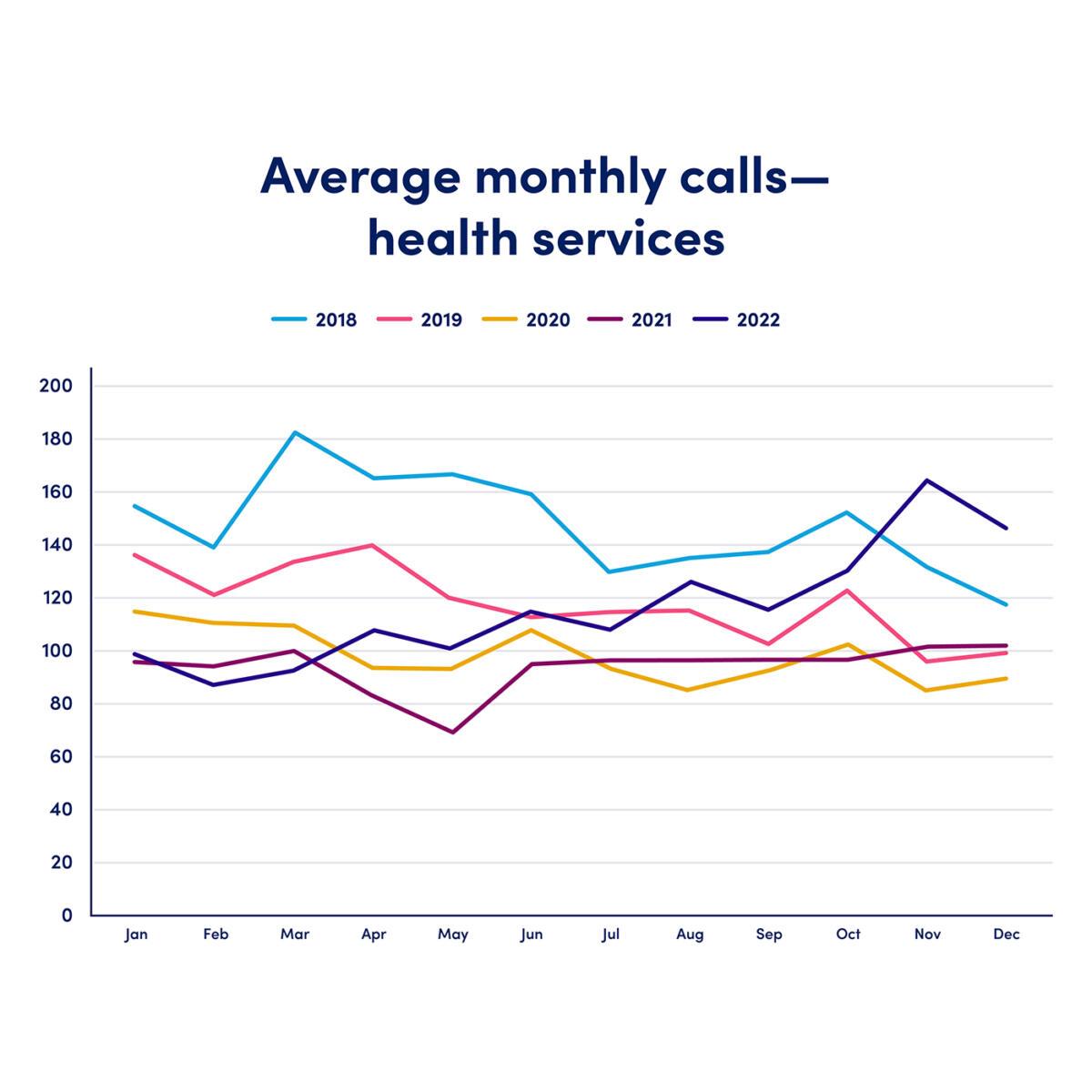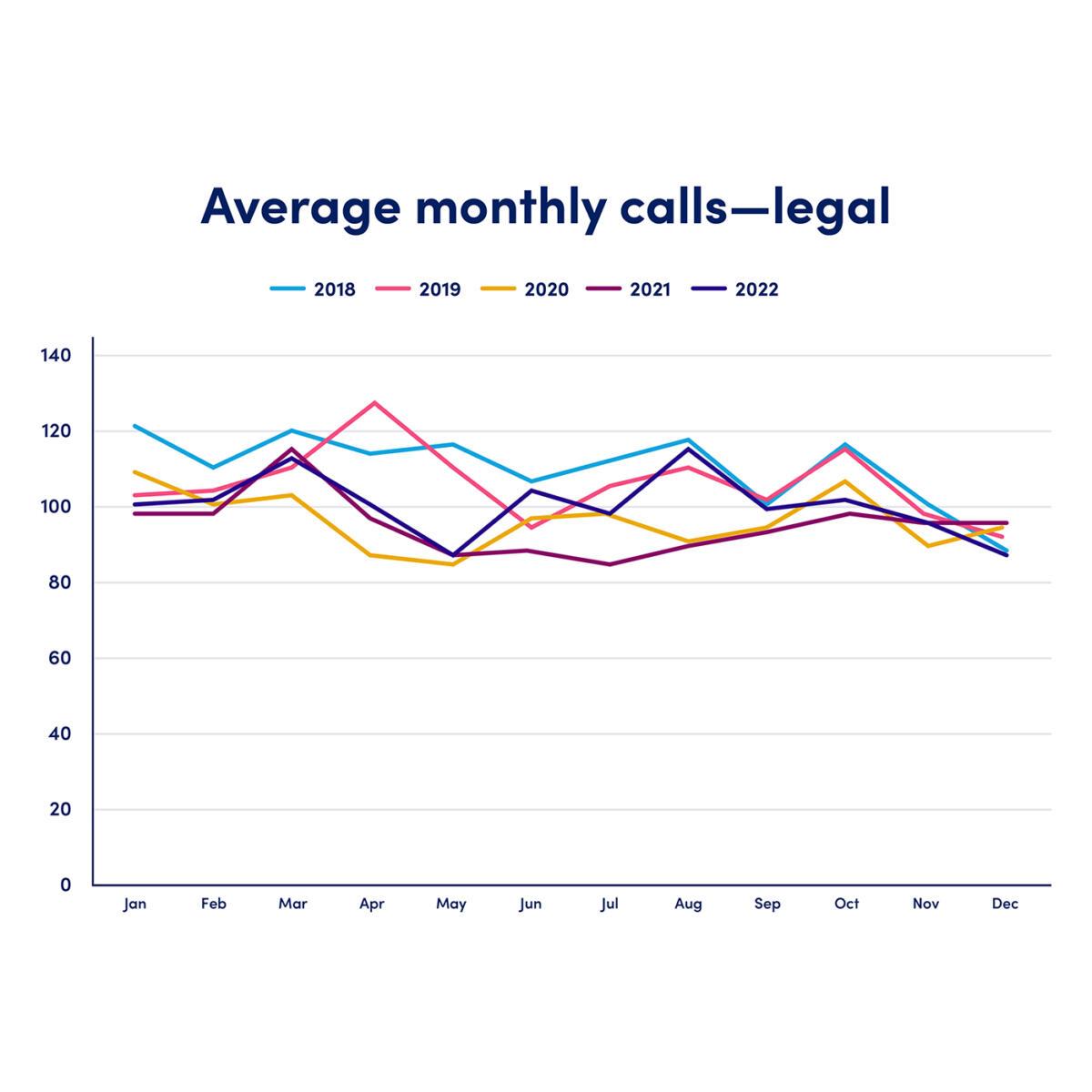Communication has never been more complicated. The faster we’re able to connect with others, the more possibilities we open for collaboration—and for our meanings to be lost in translation. Technology allows us to start countless conversations. But listening? That’s still more art than science.
The pandemic and velocity of disruptions over the last few years have made matters even more complex. We’ve witnessed rapid social change that’s caused many of us to rethink our relationships with the businesses in our lives. Meanwhile, the trend towards automation and other cost-saving measures has prompted businesses to reevaluate how they interact with their customers.
These extraordinary shifts have come together to create an environment of uncertainty, leaving customers searching for reassurance, and businesses looking for ways to rise above the noise. Fortunately, over-the-phone conversations have provided an answer for both. While response times through asynchronous channels like text and email can vary, phone calls allow organizations of all sizes to understand and address customer concerns in real time. This means that phone calls are immediate indicators of changing business realities, market conditions, customer sentiment, and more.
With that in mind, let’s explore five key trends from the last year in phone calls to help your business predict course changes and prepare for the road ahead:
- Phone calls are bringing in more leads for businesses.
- Robocalls are on the rise.
- Challenging calls have (slightly) increased.
- The workweek is slowly shifting.
- Seasonality is changing across certain industries.
Ruby’s 2023 call trends report builds on our inaugural edition with the addition of new categories and a larger data set gathered from five years of customer calls. These insights come from thousands of hours of real-world conversations with today’s small business customers—reflecting changing attitudes and expectations over the past half-decade. Our goal is to show you what’s happening in your industry, what trends you should be paying attention to, and what steps your business can take today to secure long-term success.
Need additional help? Our virtual receptionists are available part-time, full-time, or 24/7 to answer incoming calls and create meaningful connections with the people you serve. Book a consultation today.
Ruby’s solutions and the findings of the 2023 call trends report are geared towards US-based, service-oriented companies. This report covers calls Ruby’s small business customers received from January 1, 2018, through December 31, 2022—a total of 62,210,820 calls. Industries represented in the report include healthcare, real estate, manufacturing, nonprofit organizations, transportation, and more.



